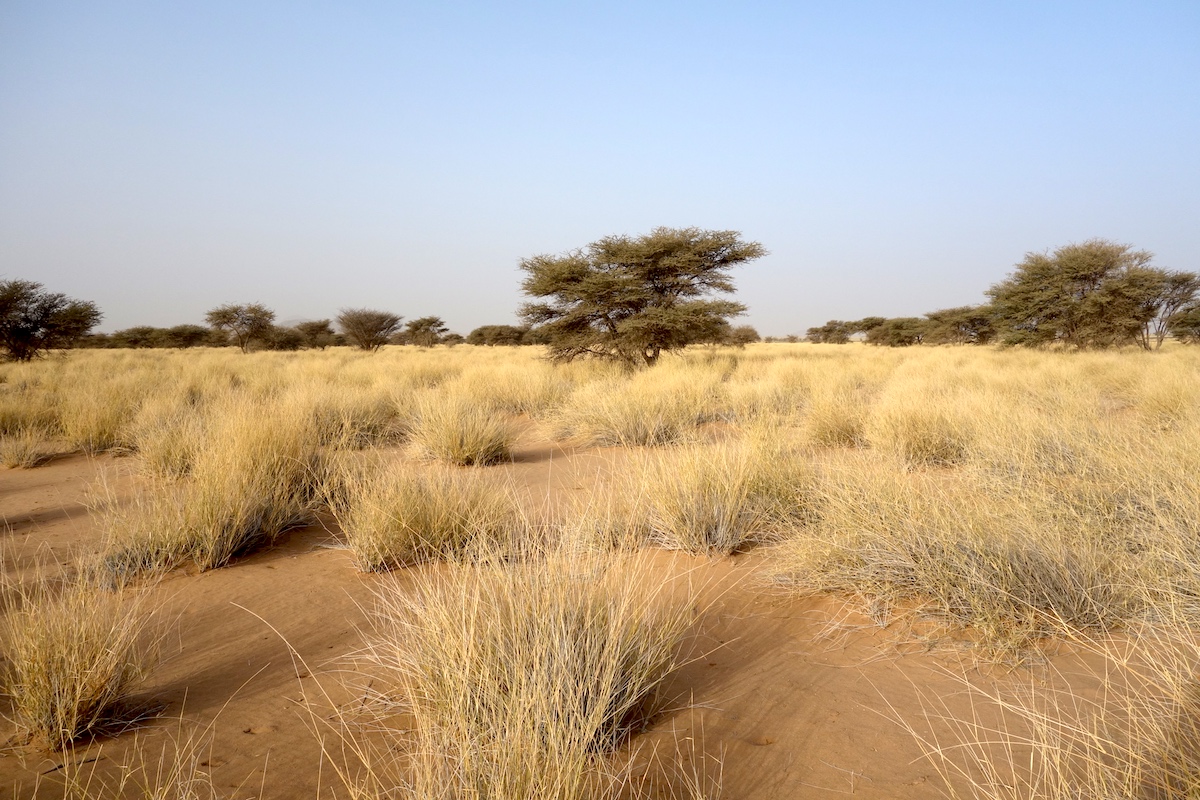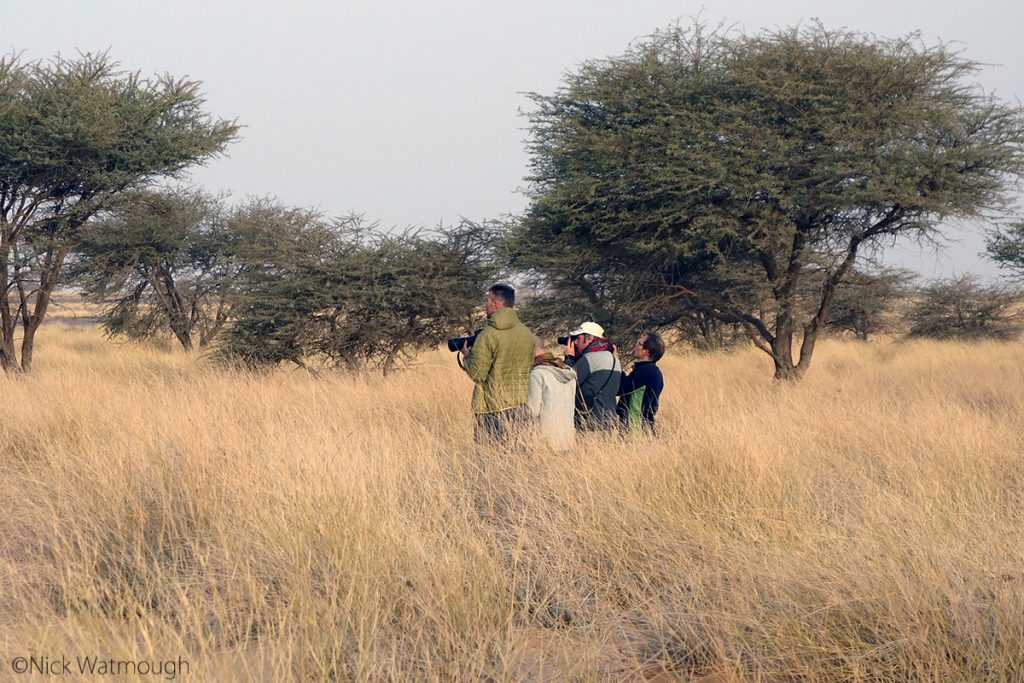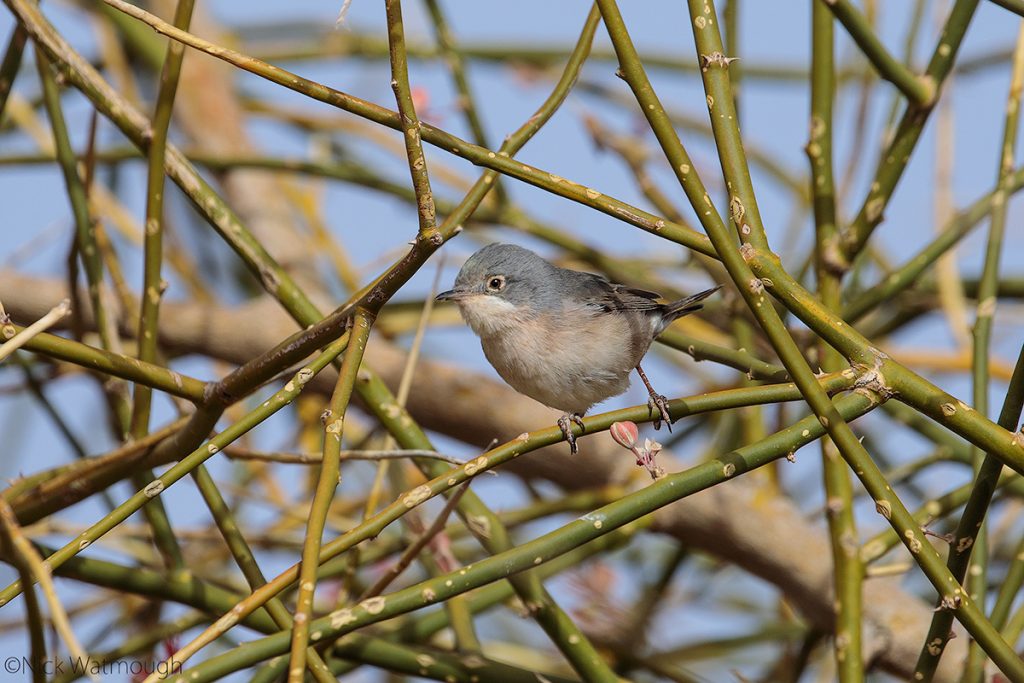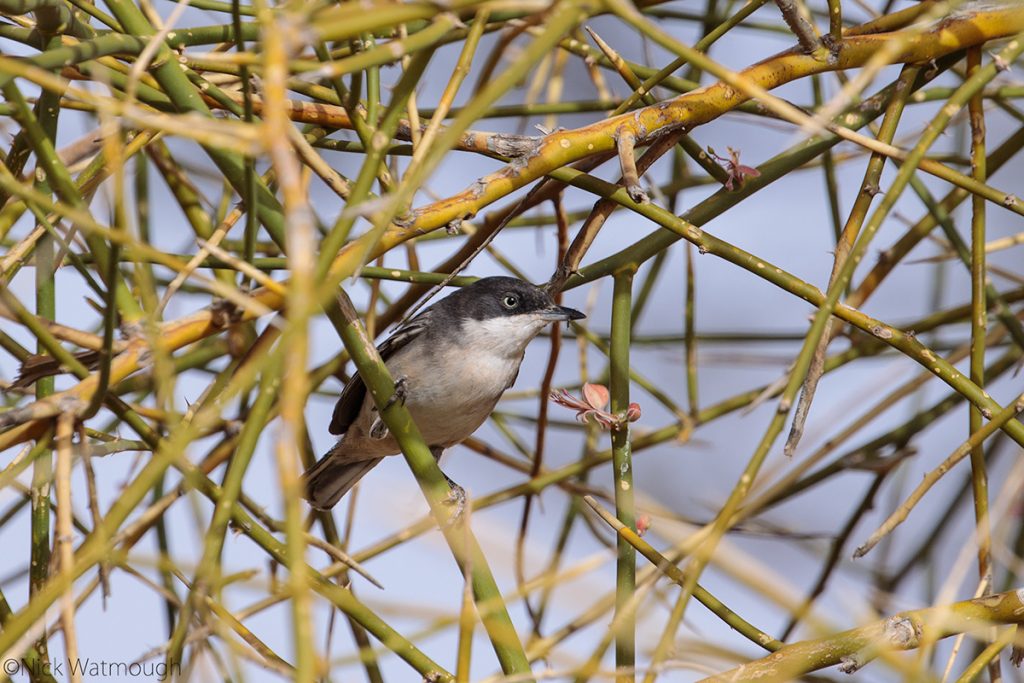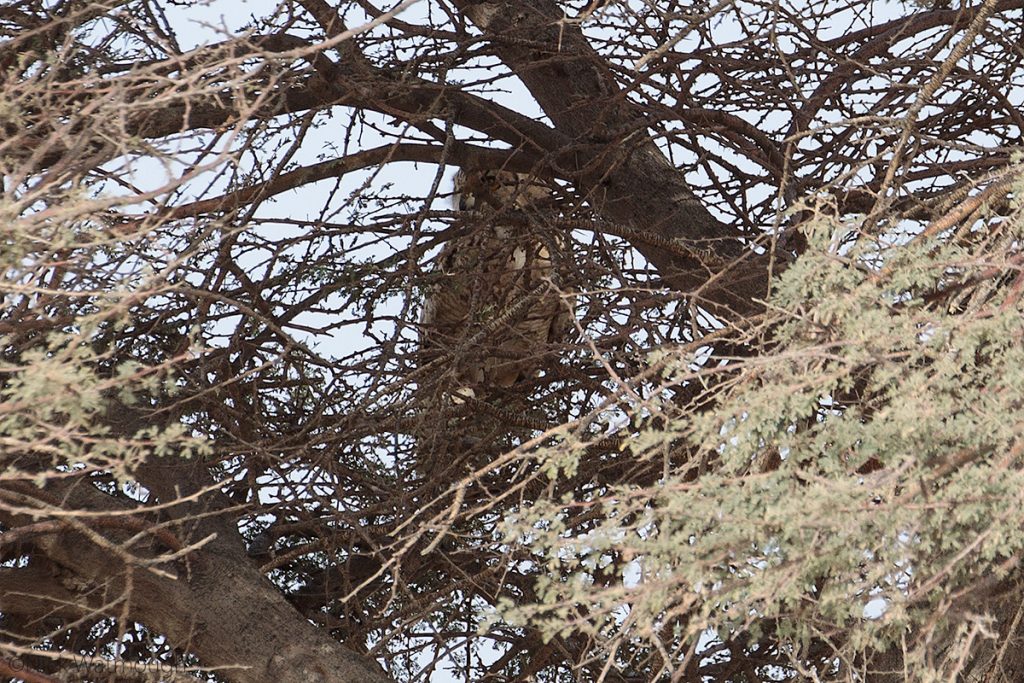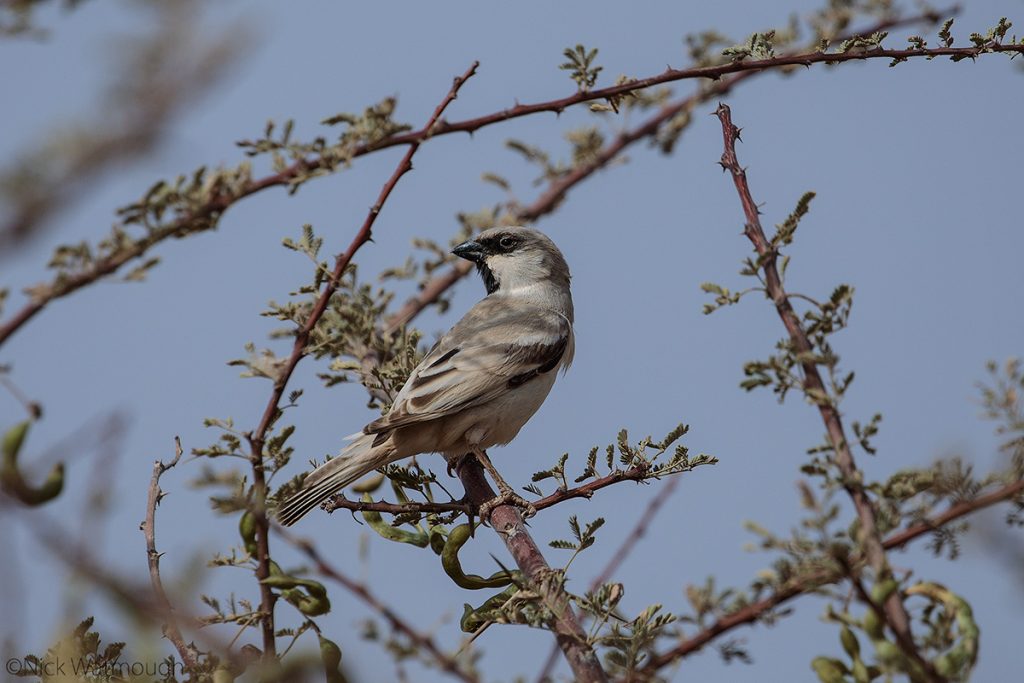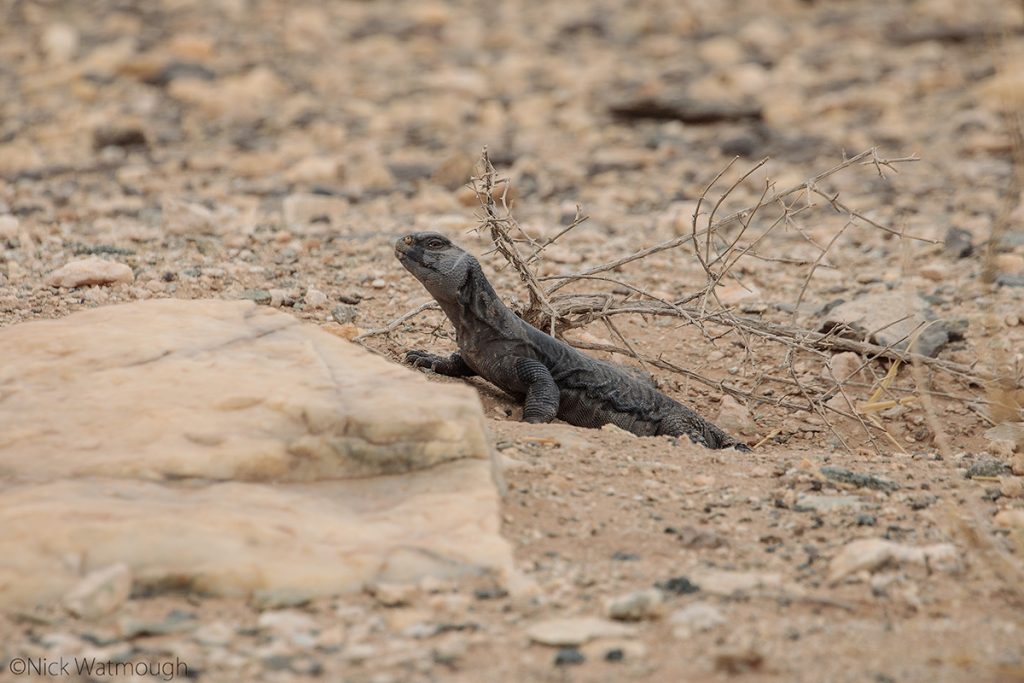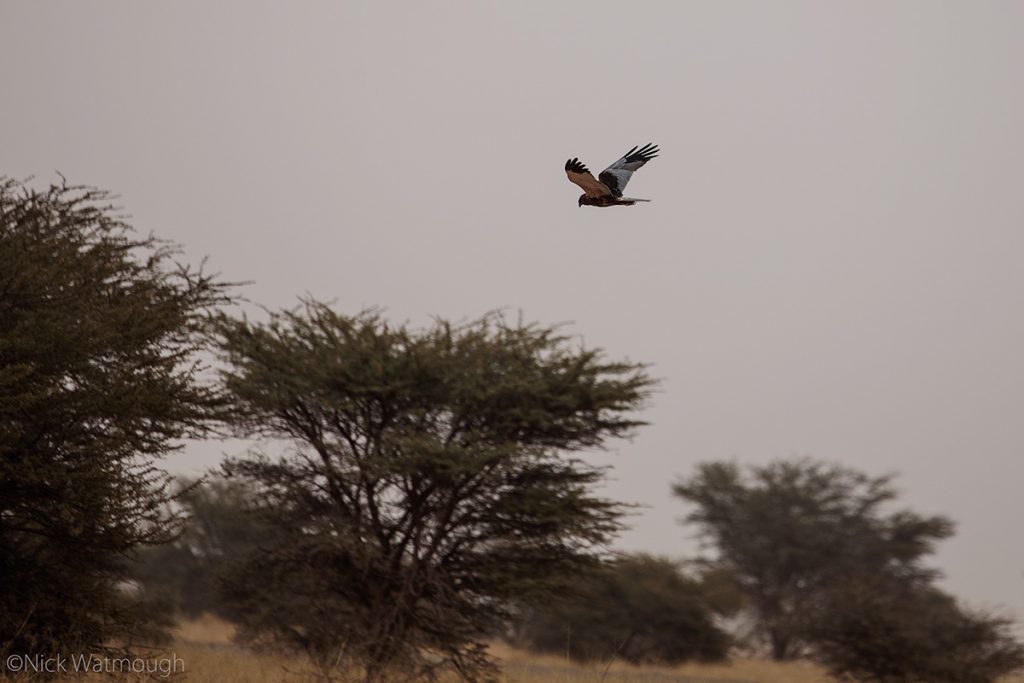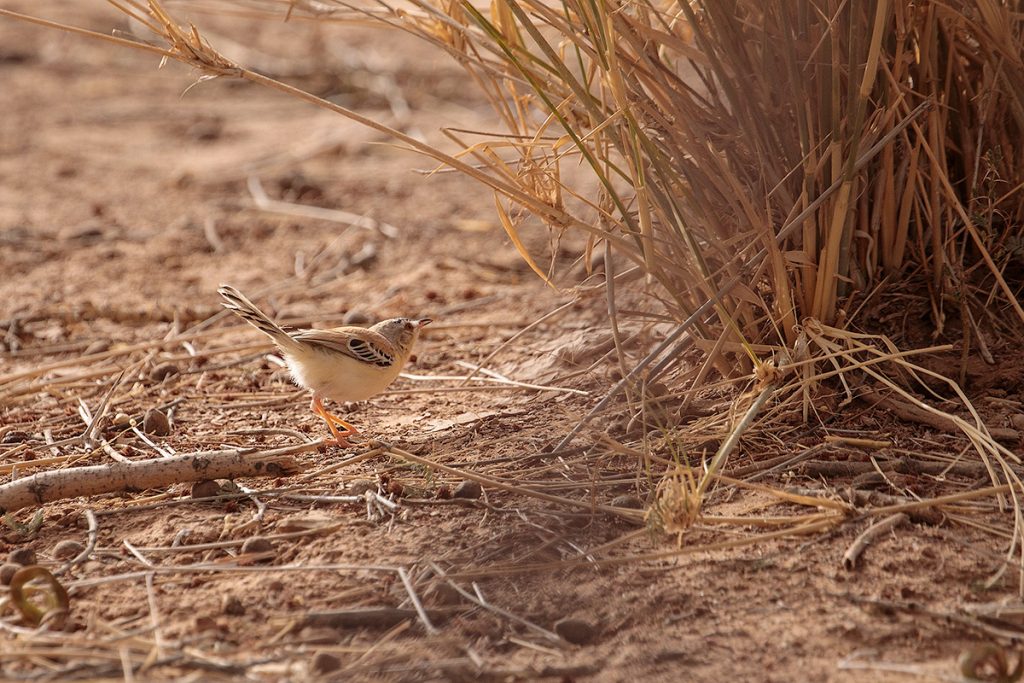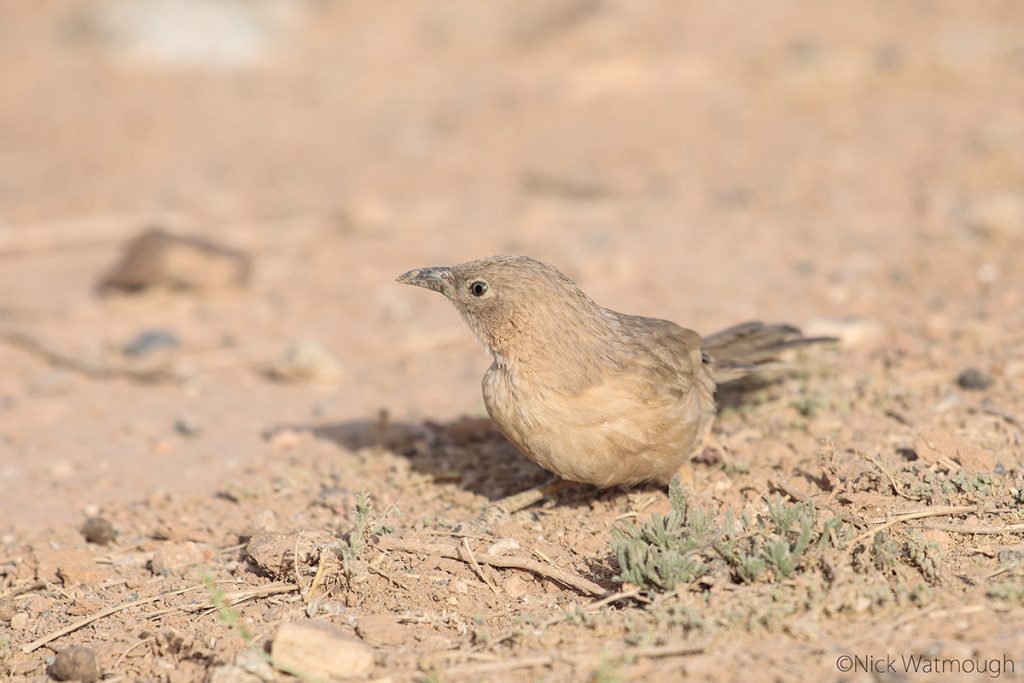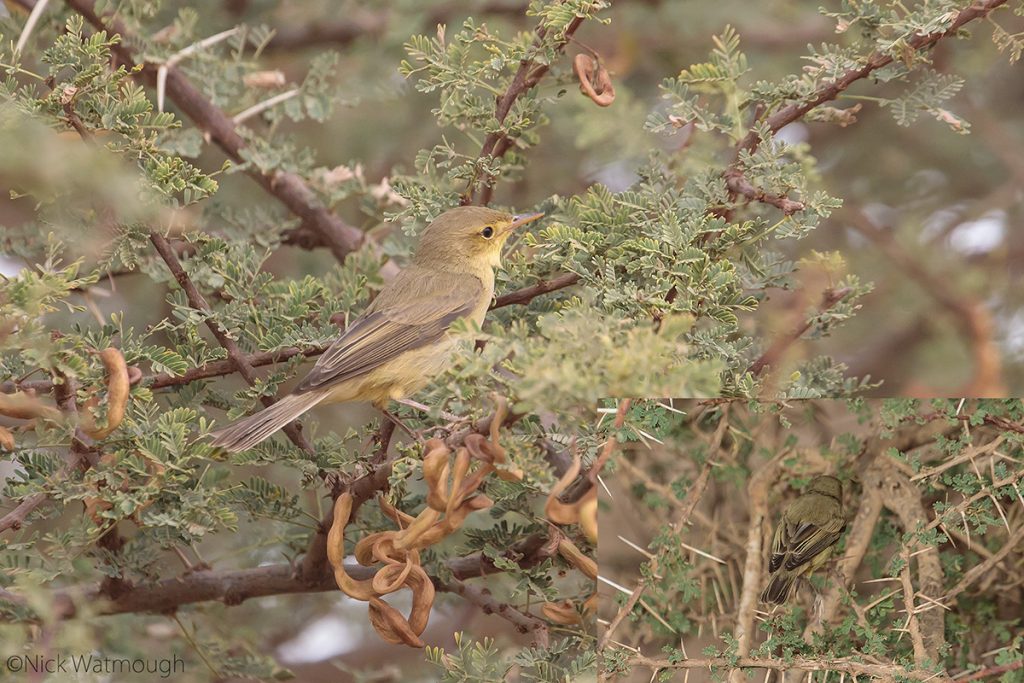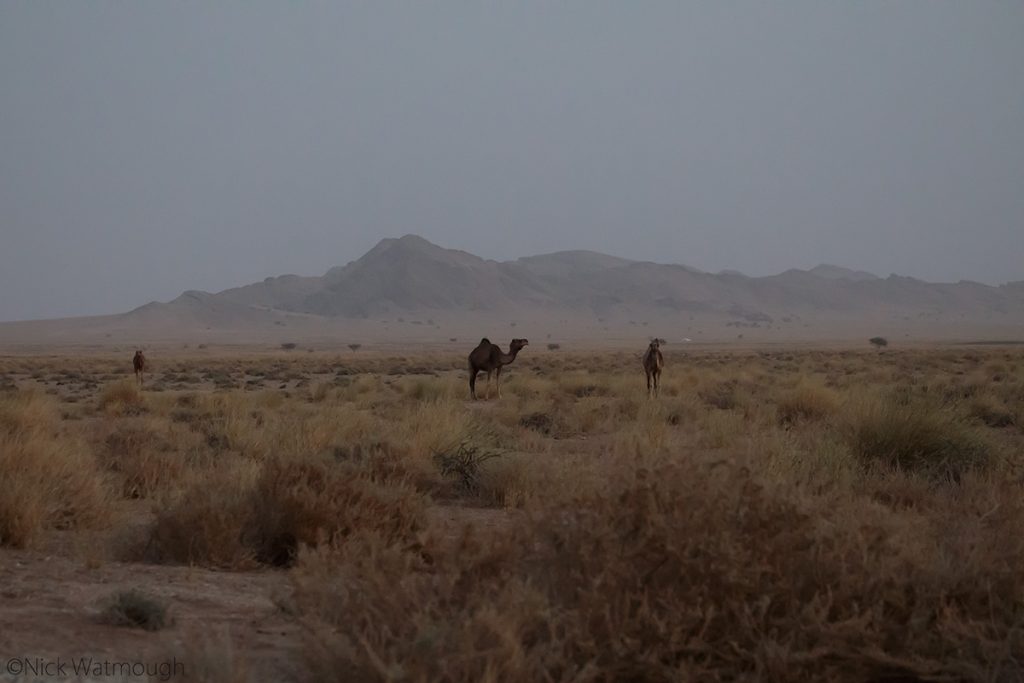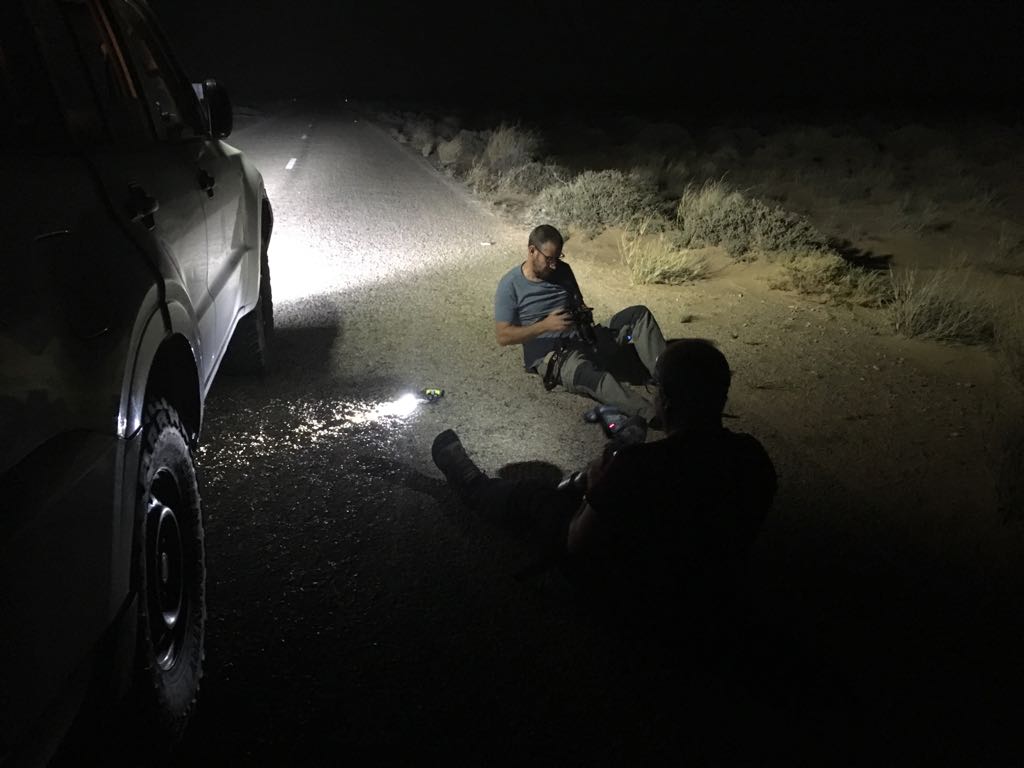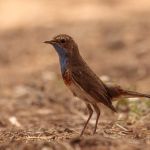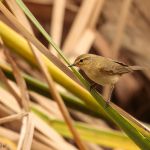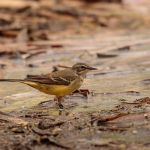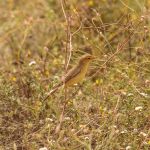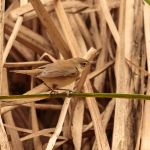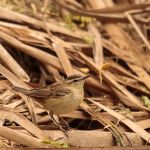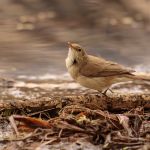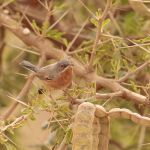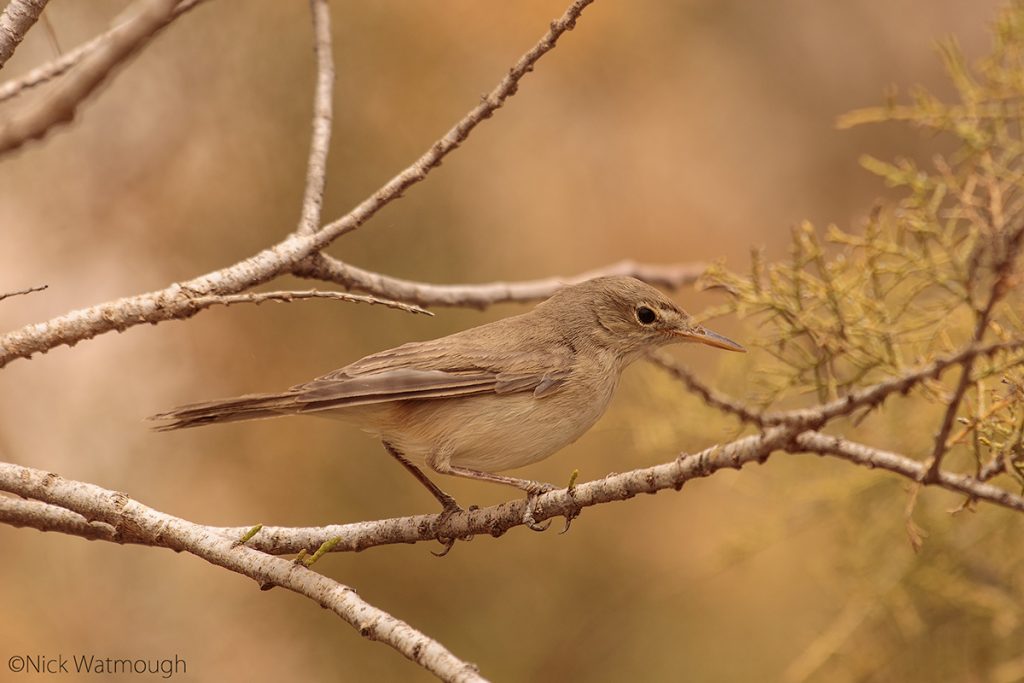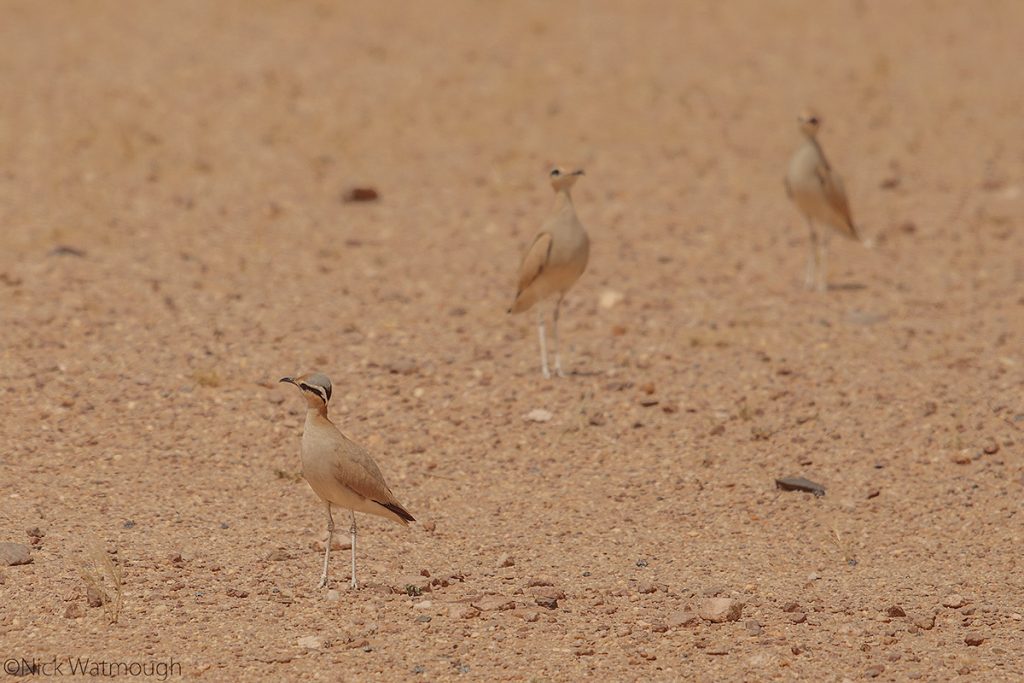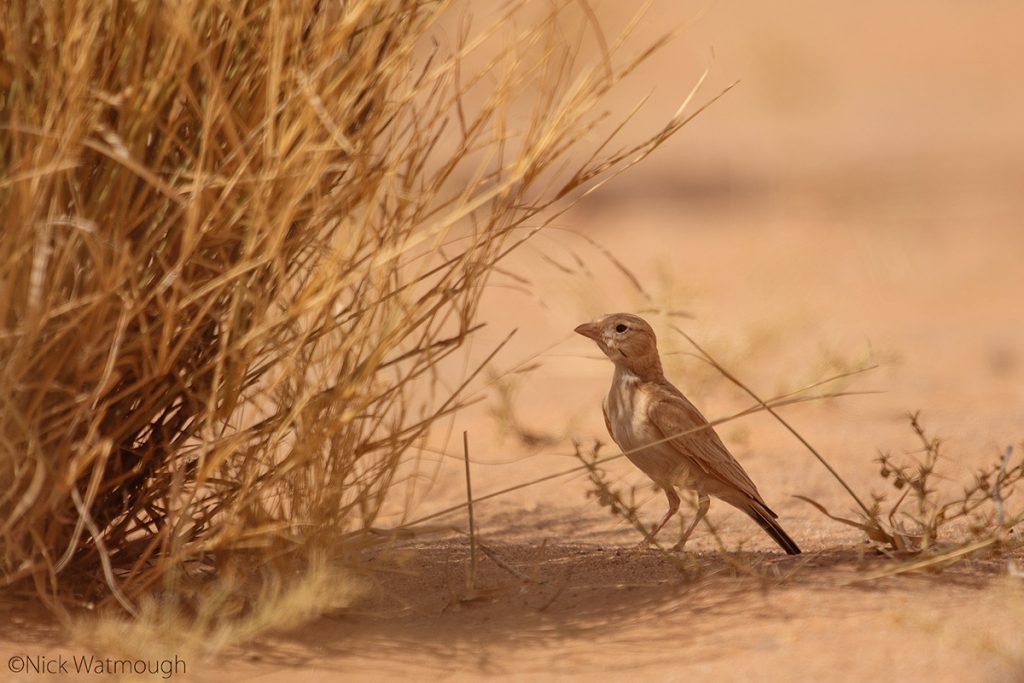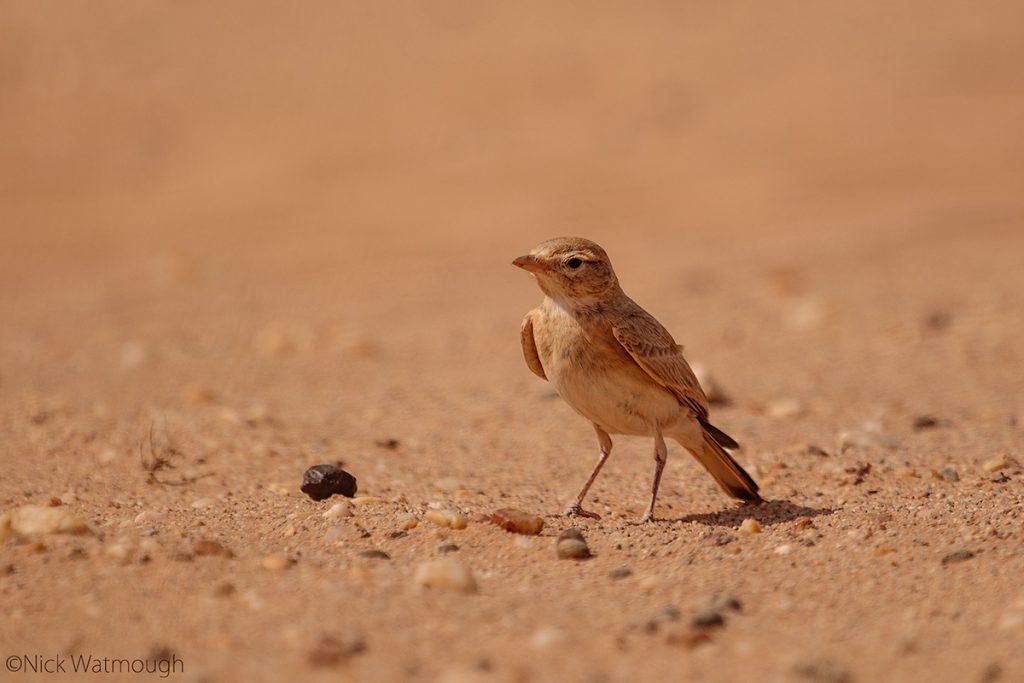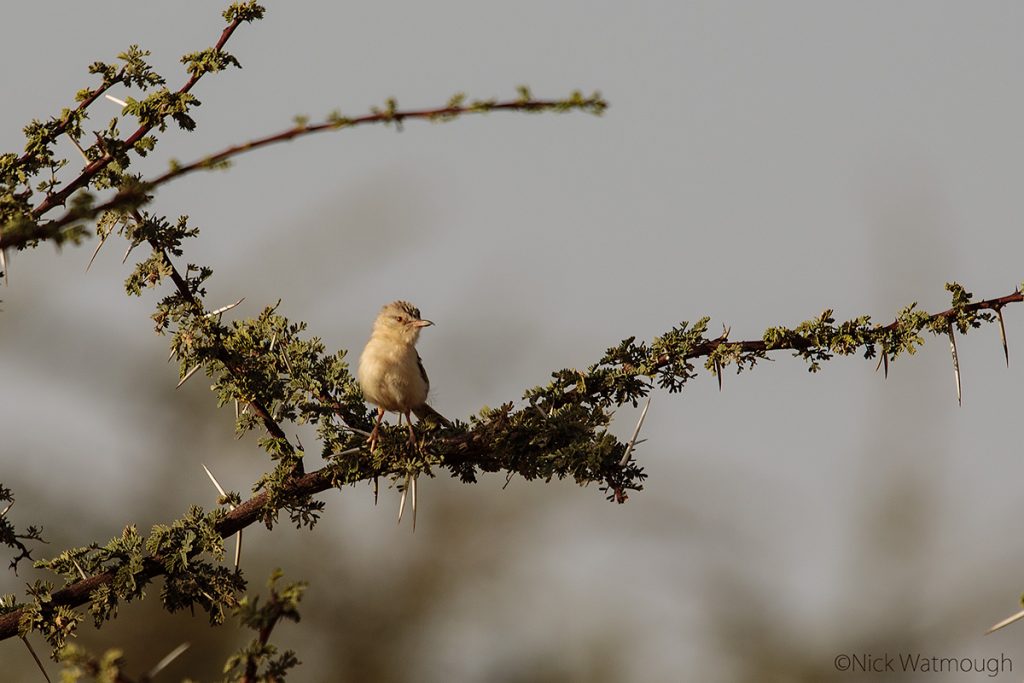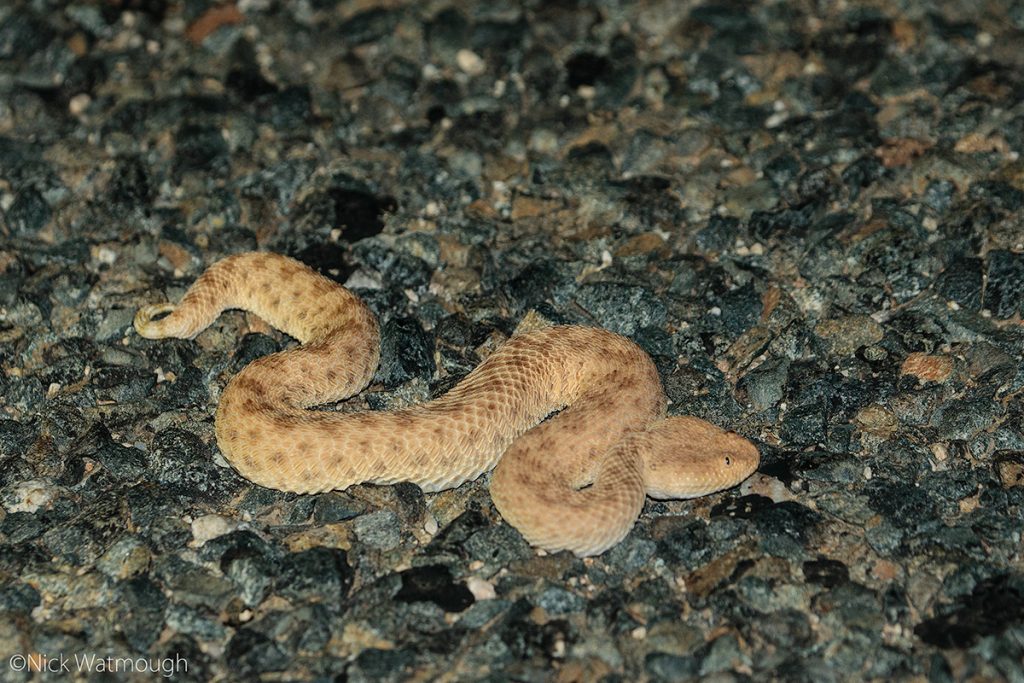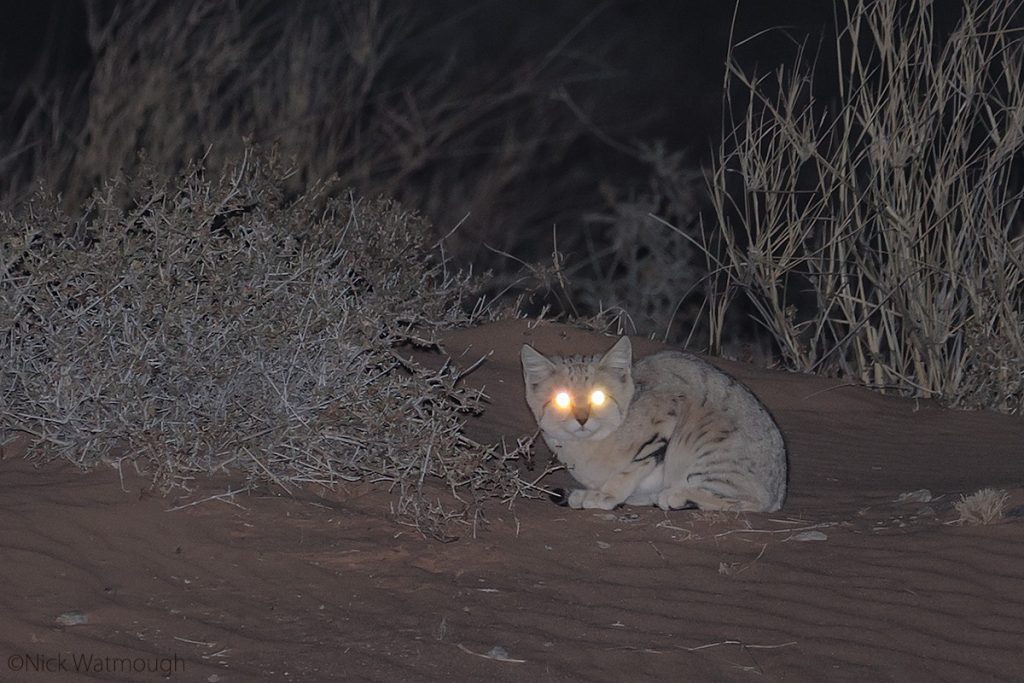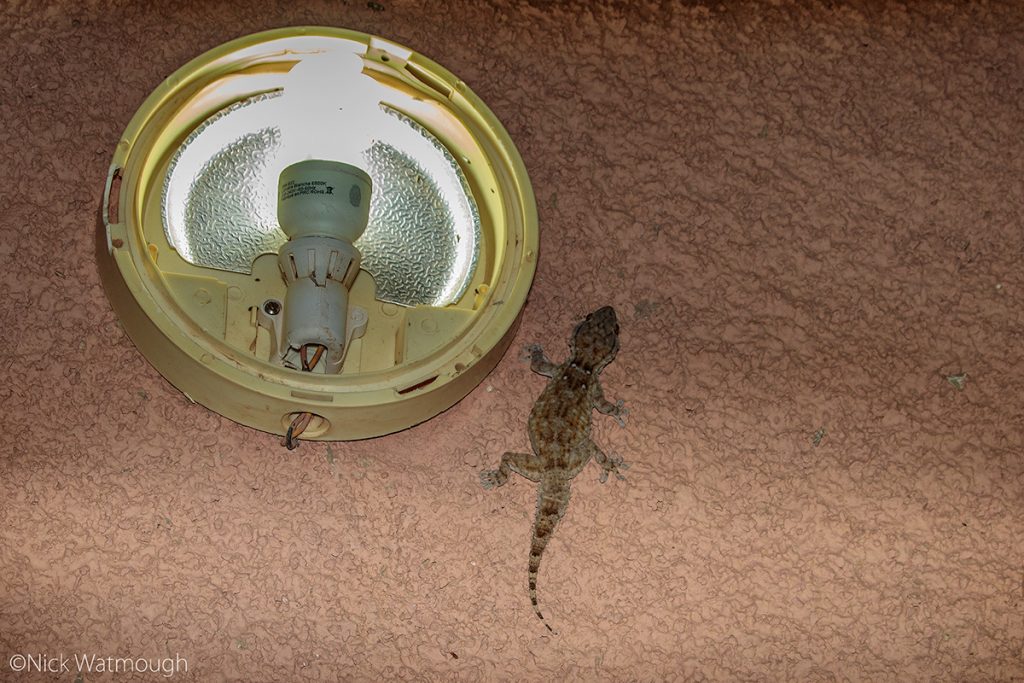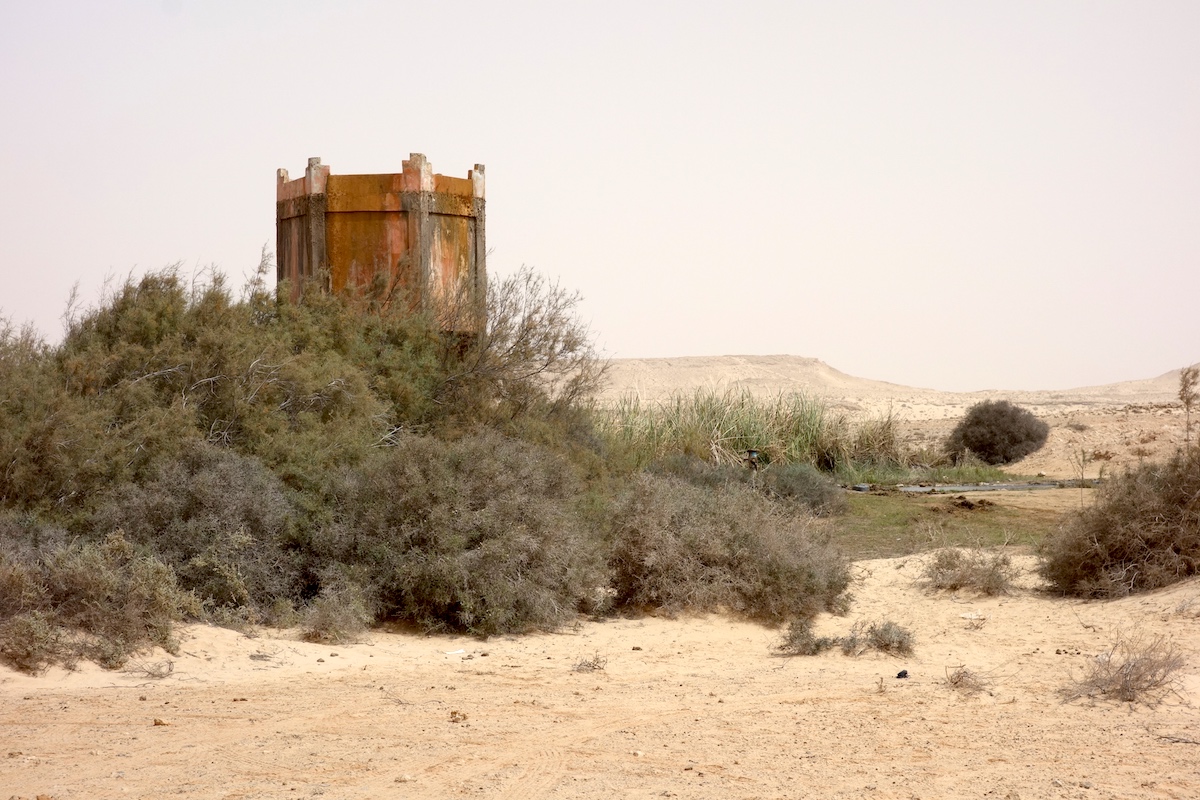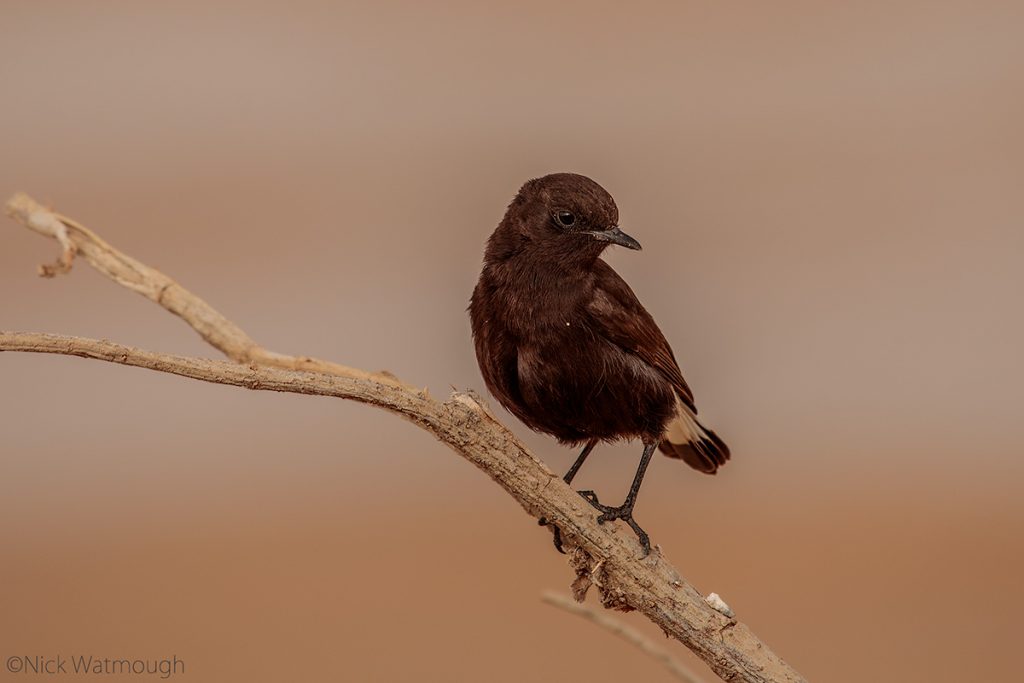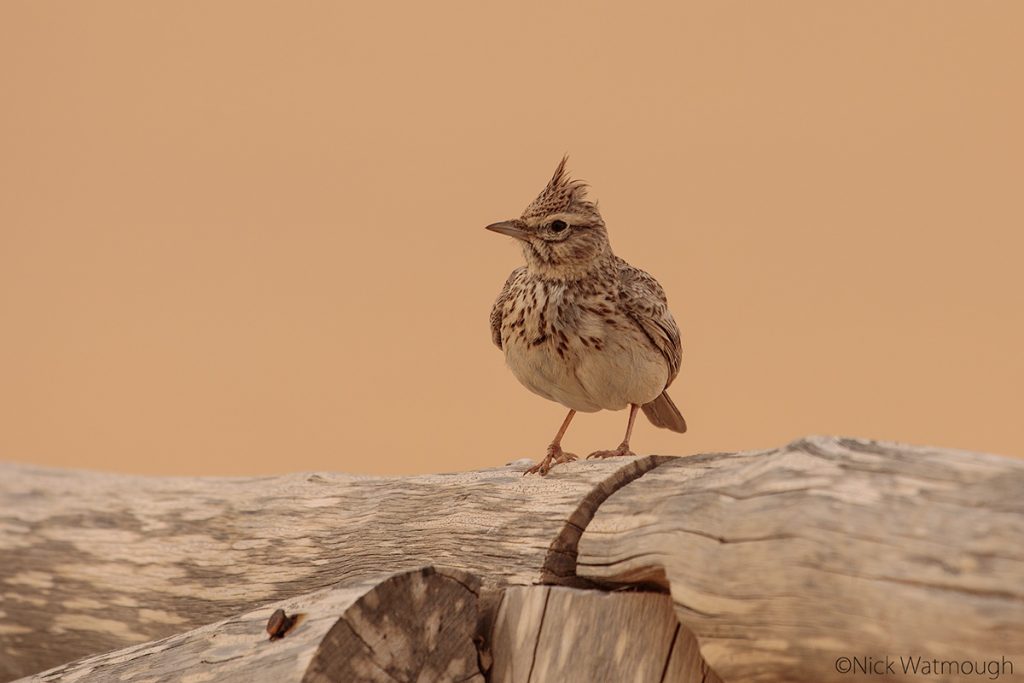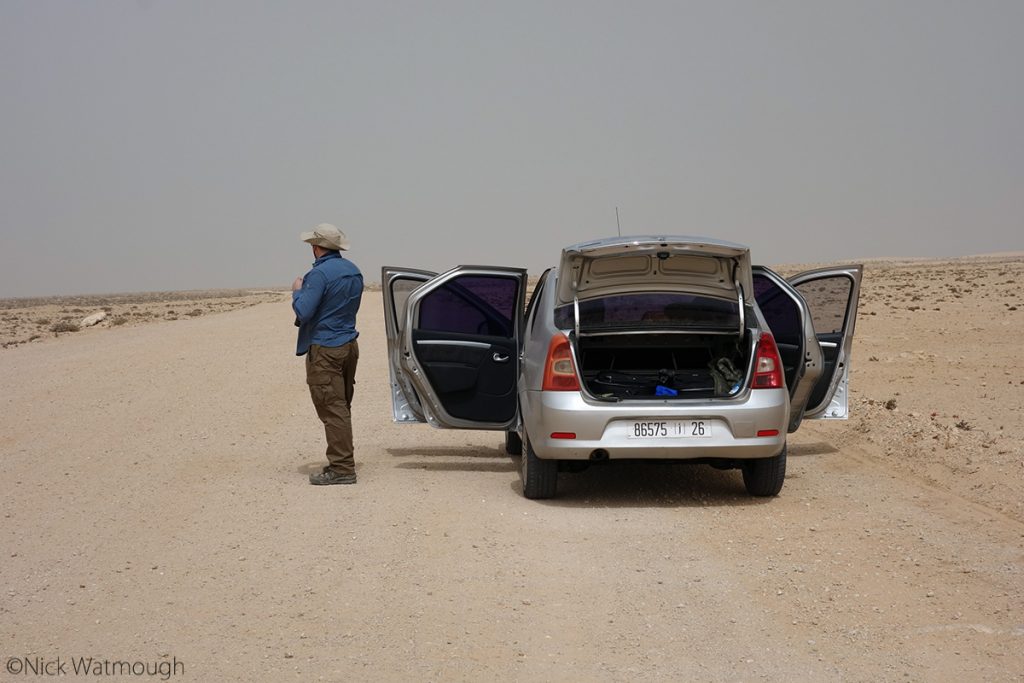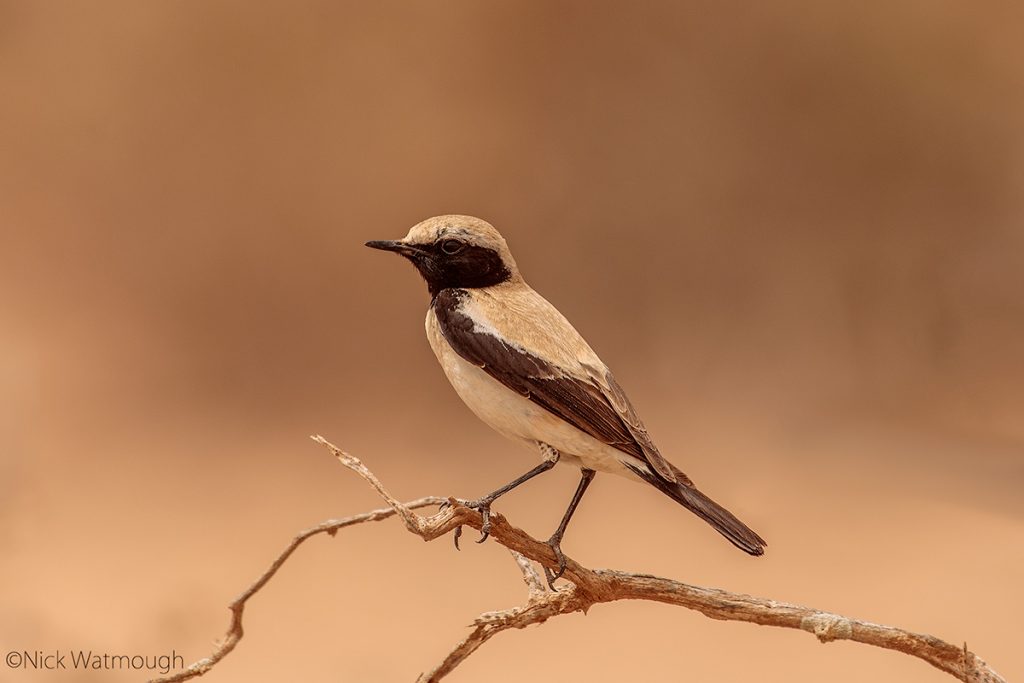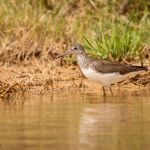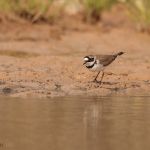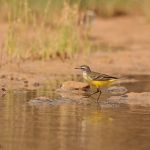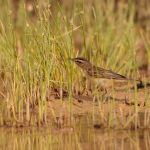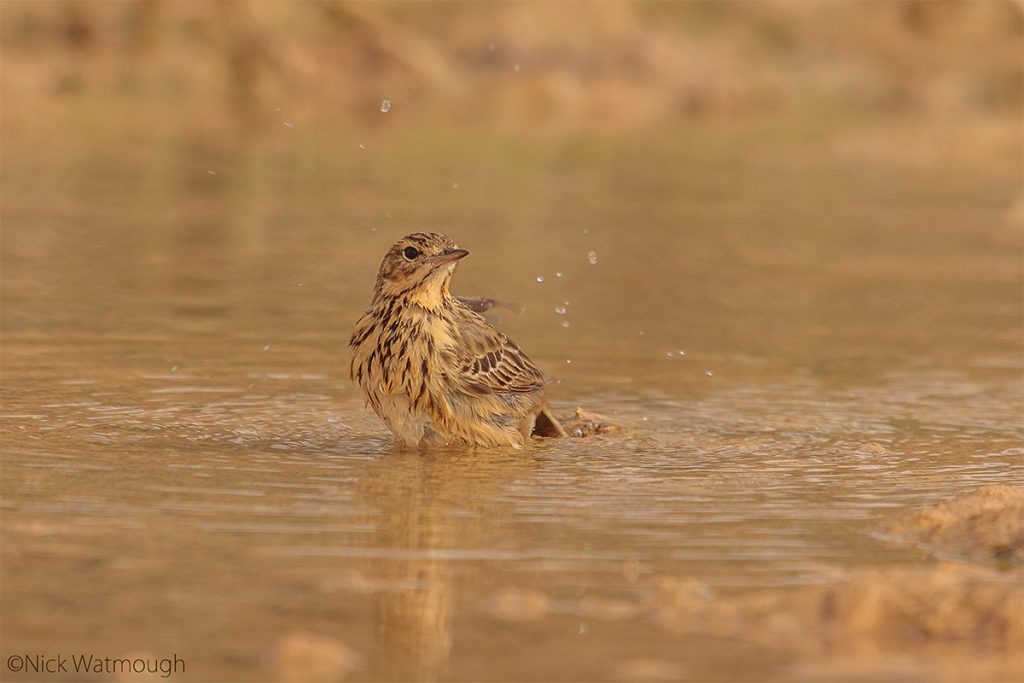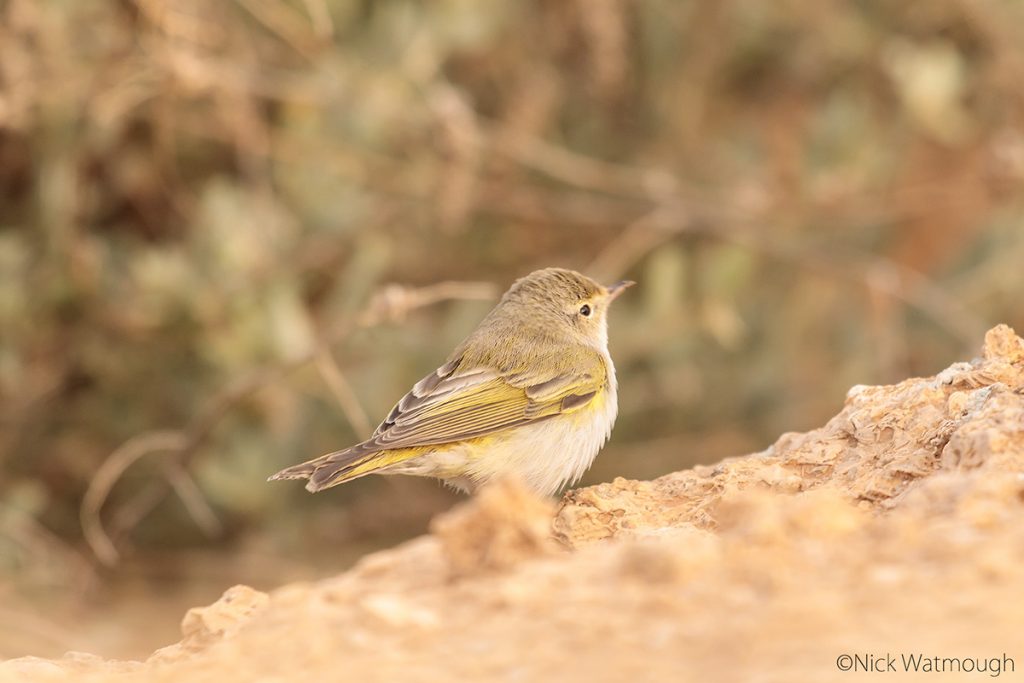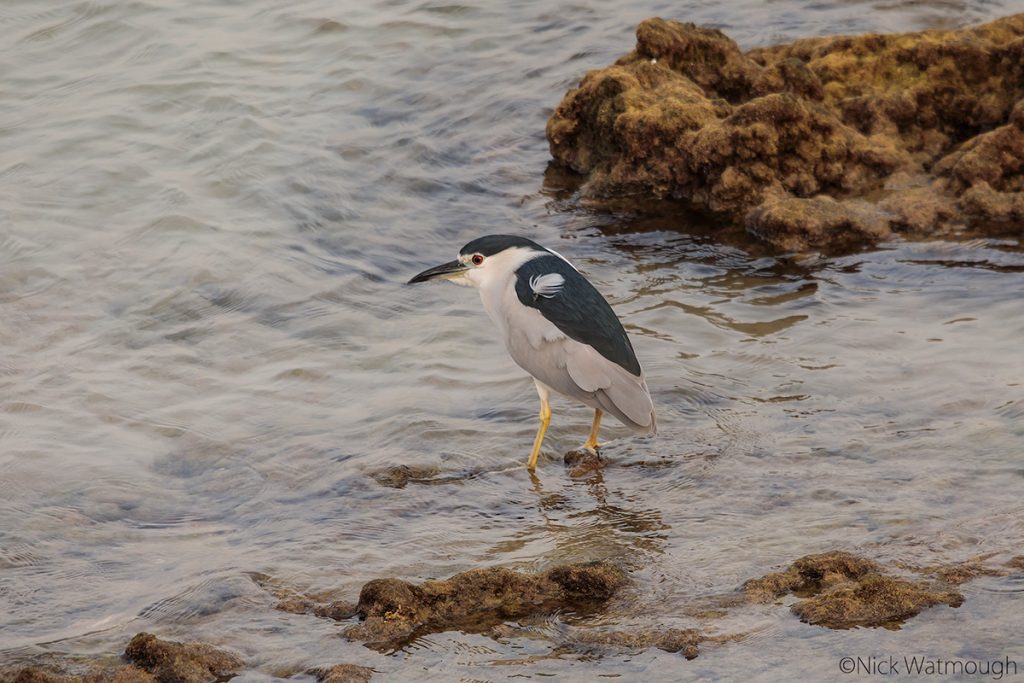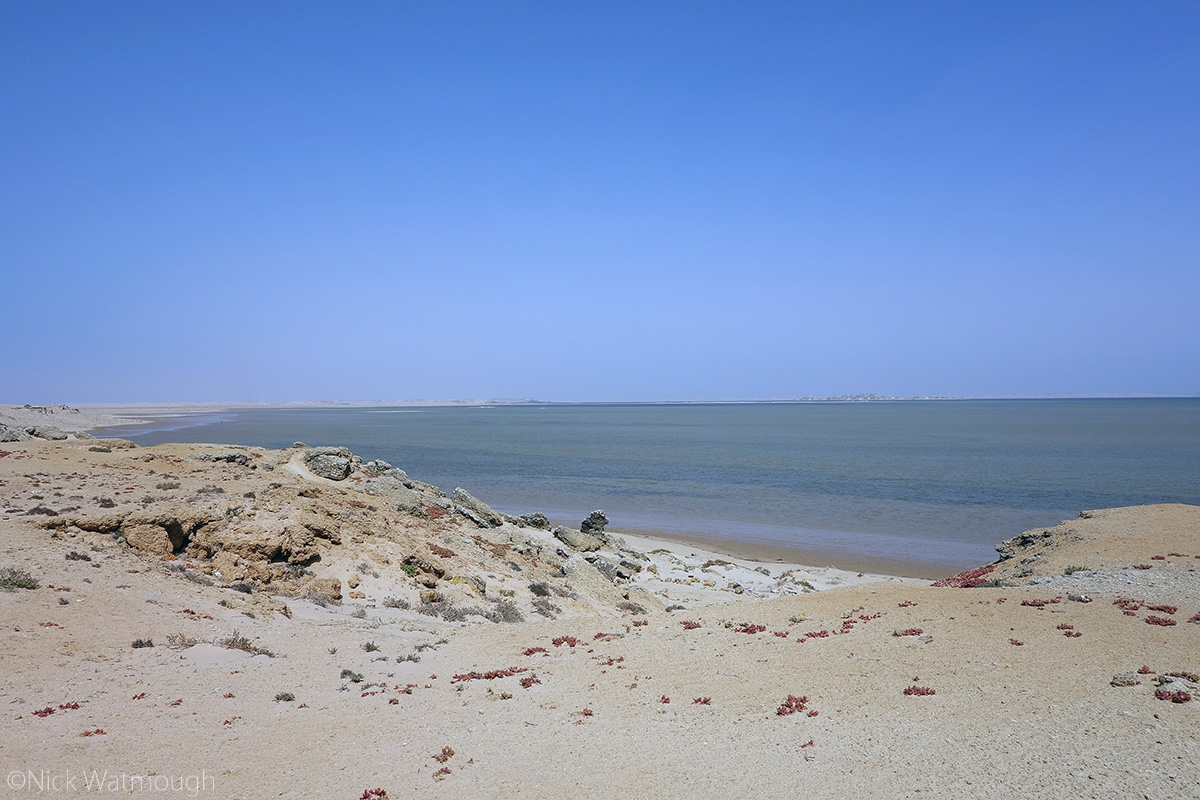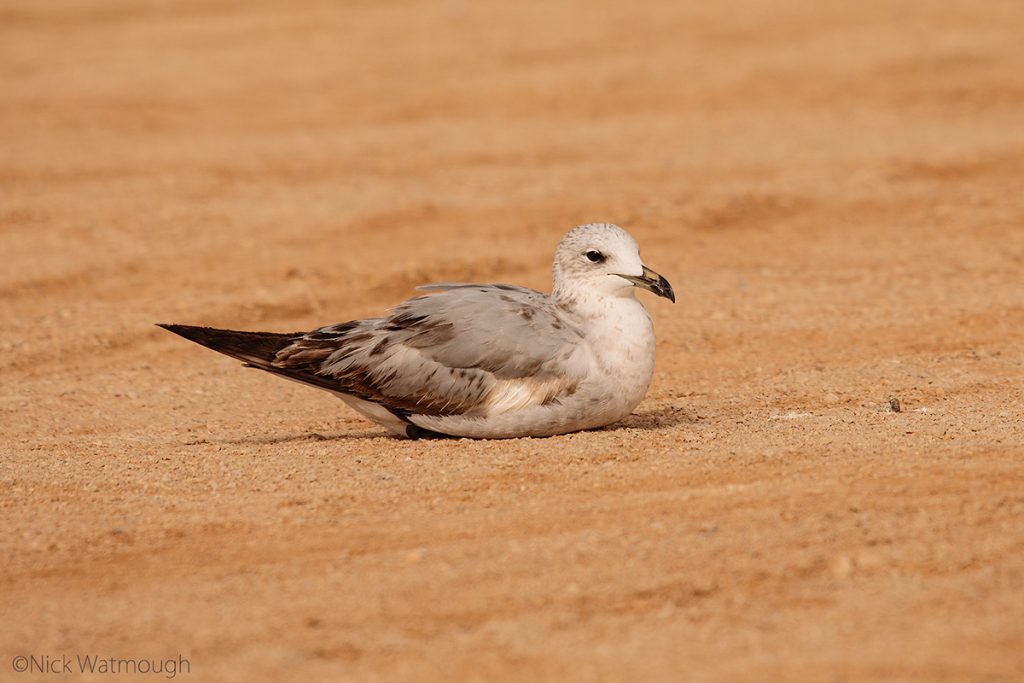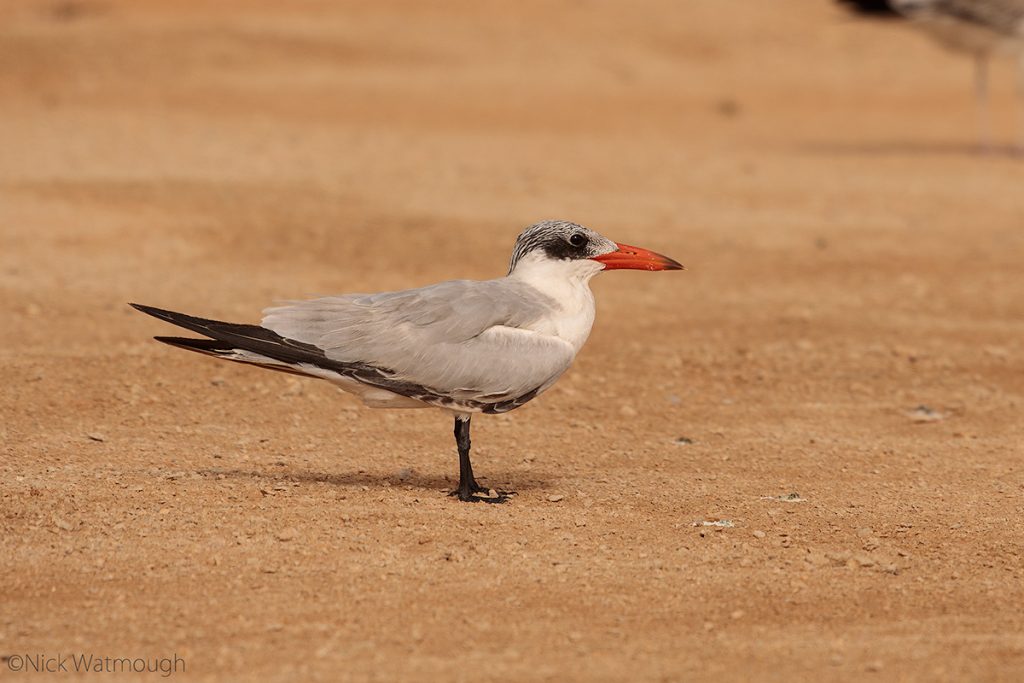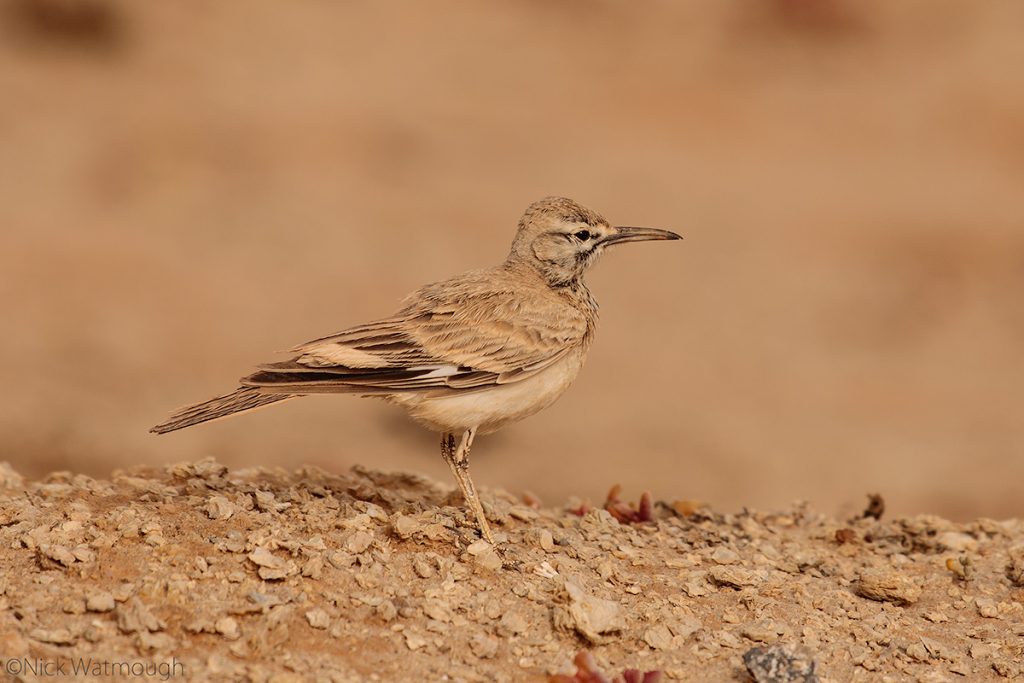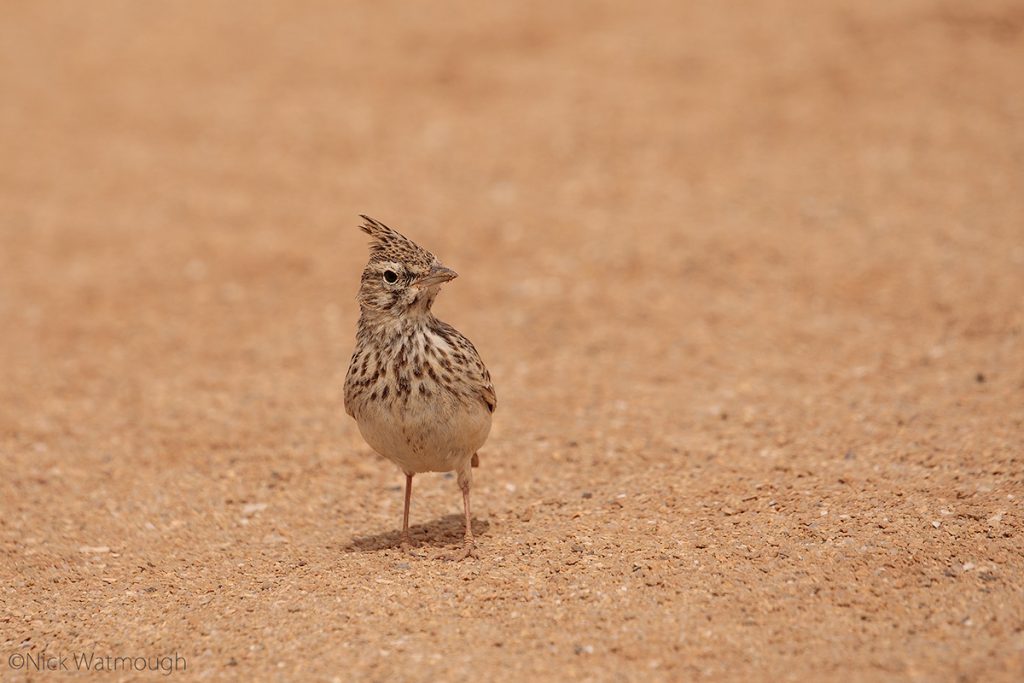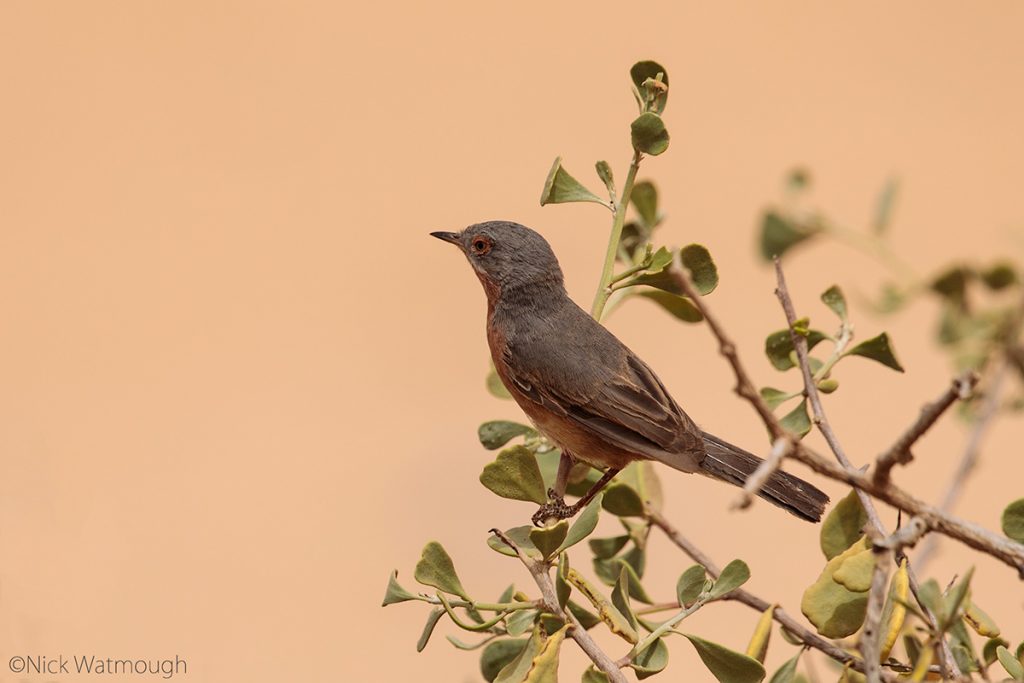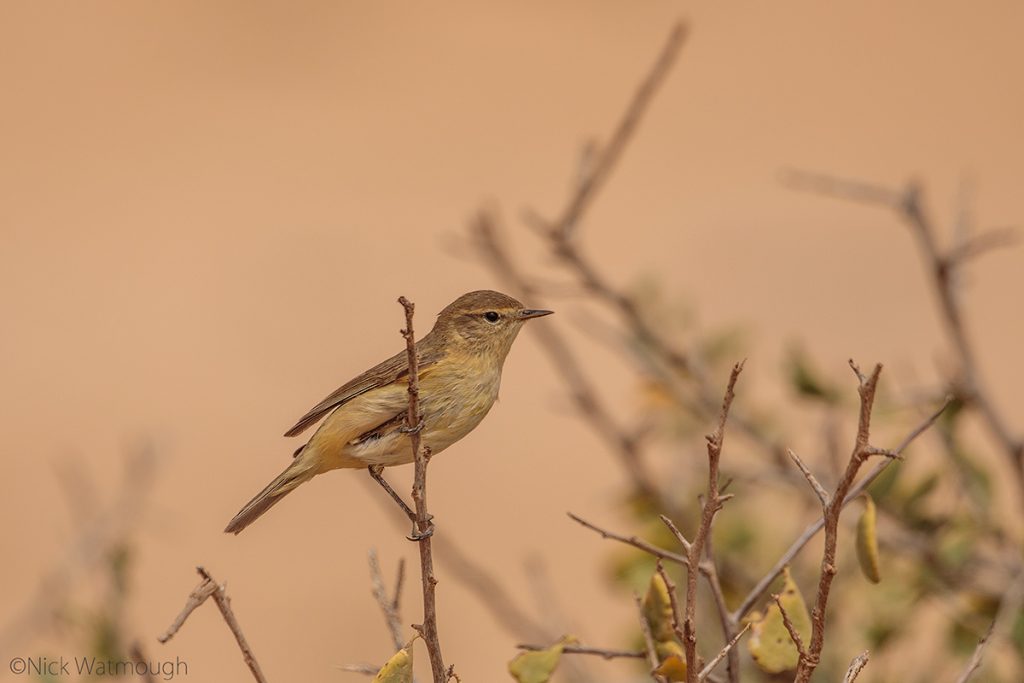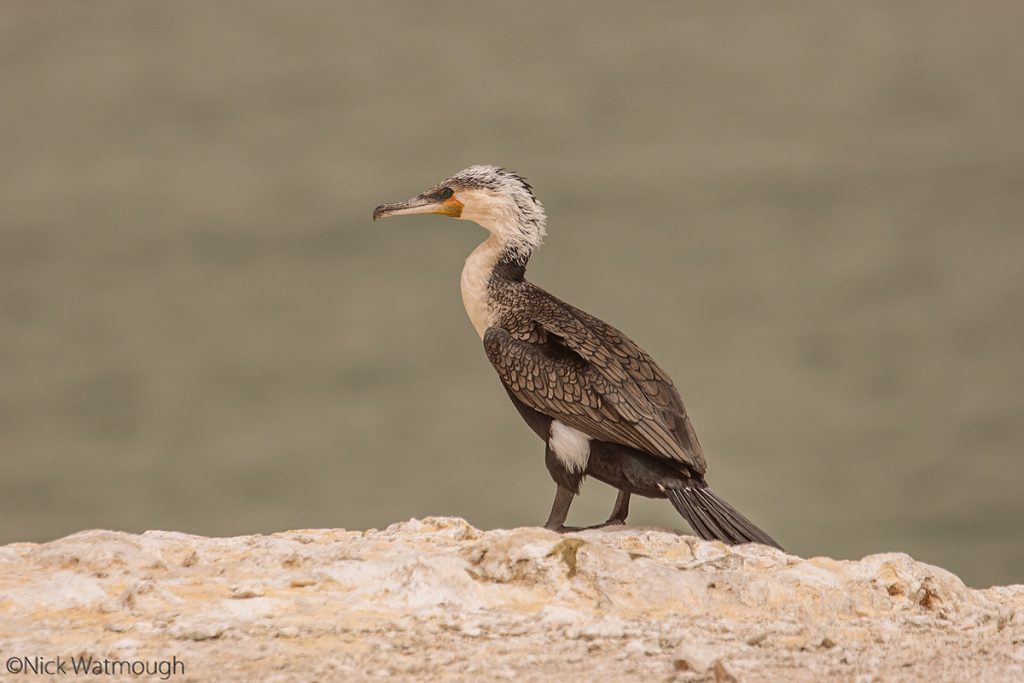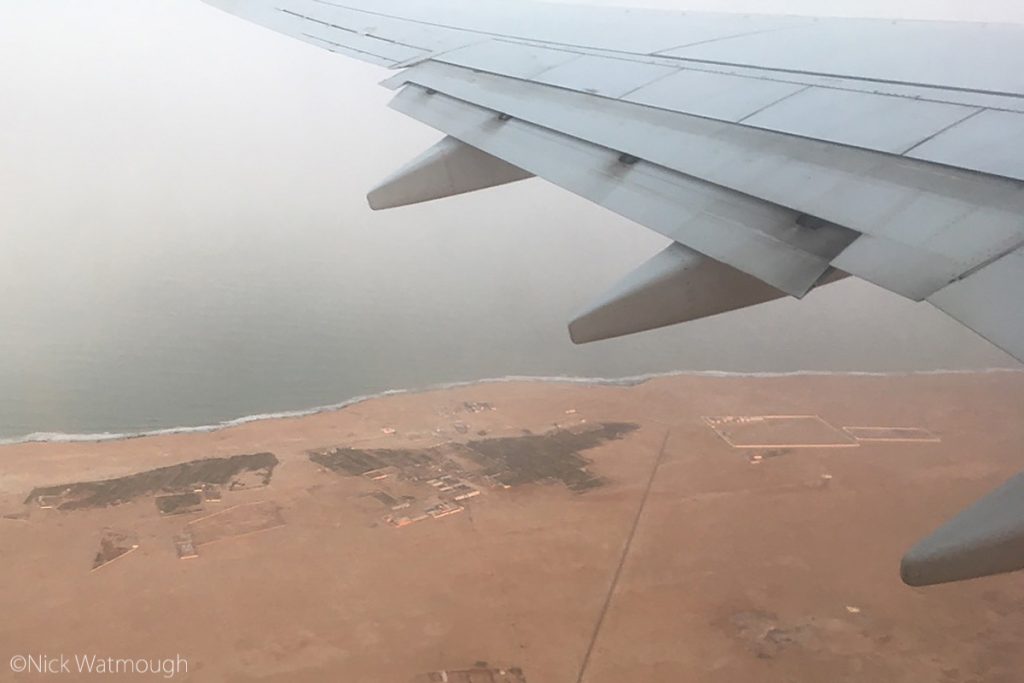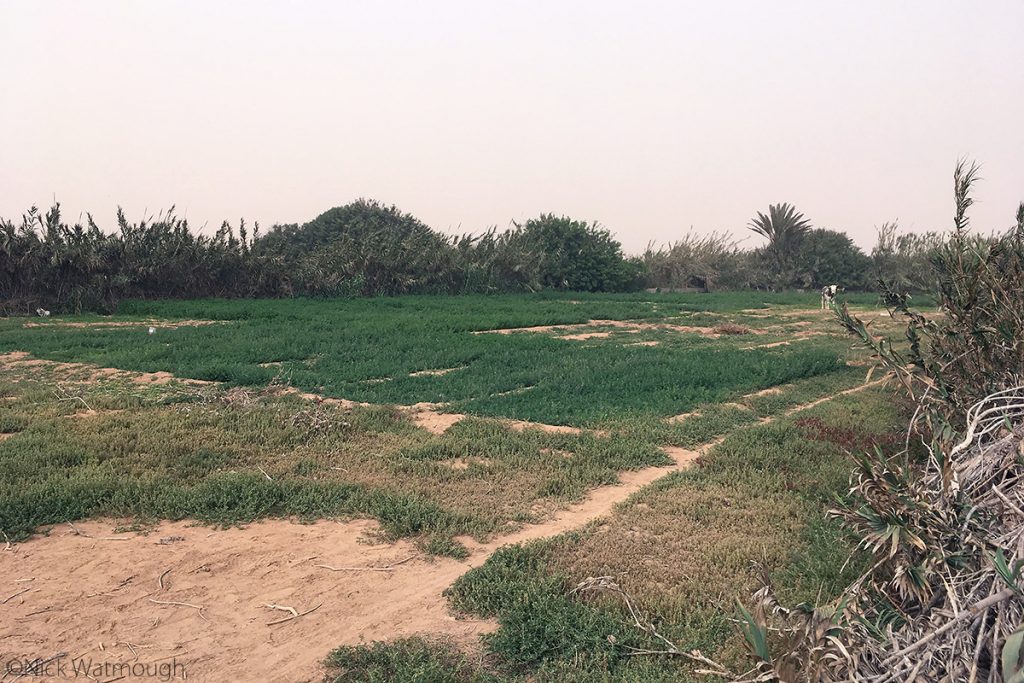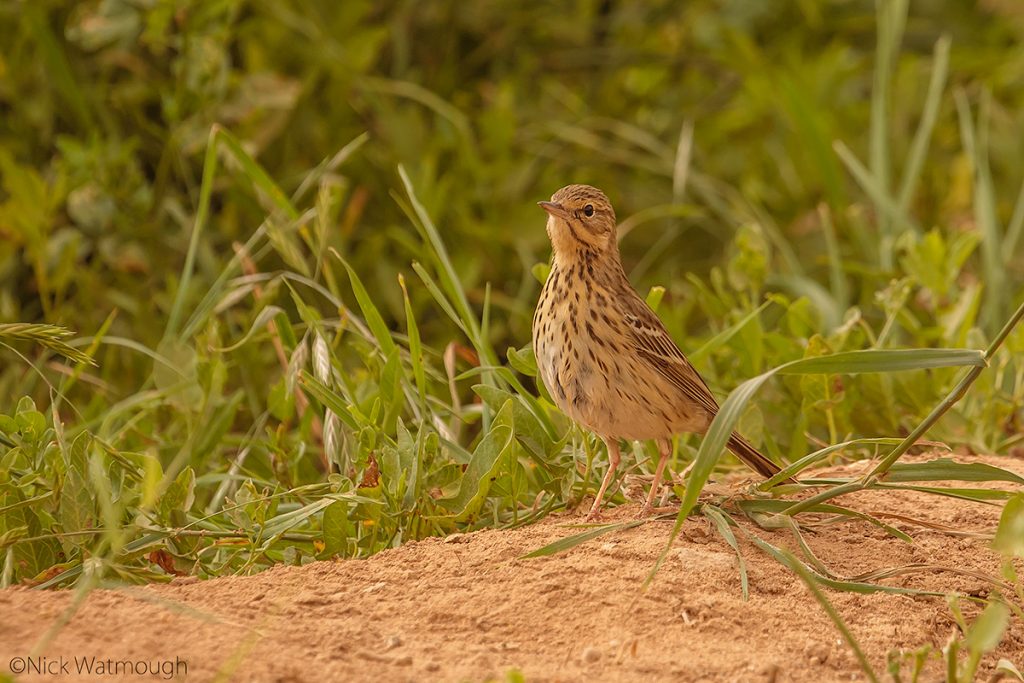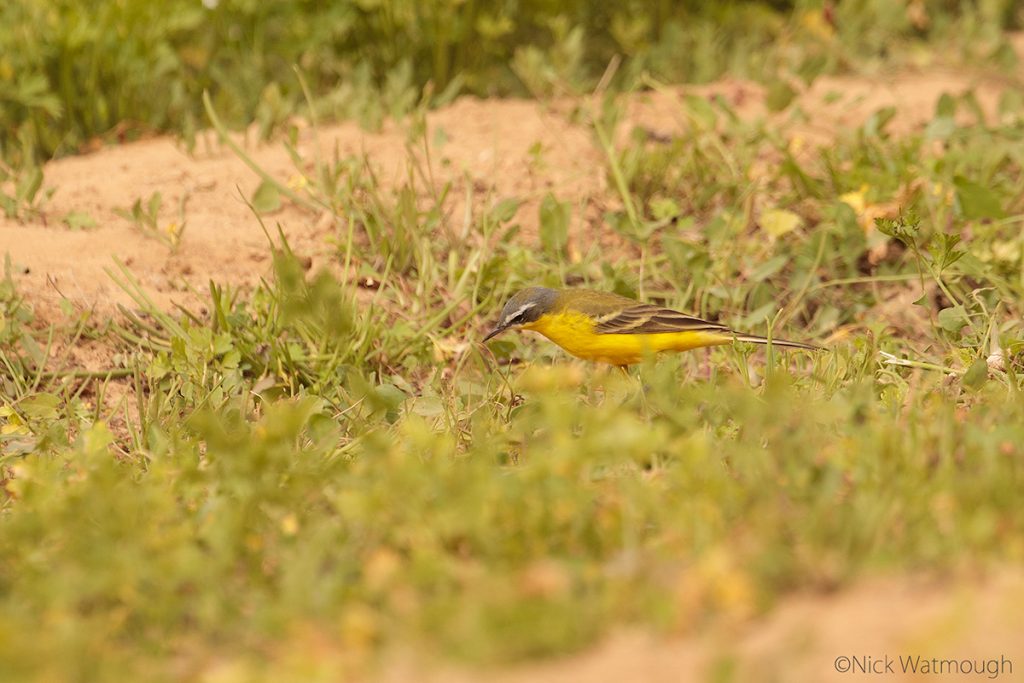I don’t need to delve too deeply into my limited repertoire of sporting metaphors to sum up our final day in Western Sahara. Easter Sunday saw us make another early morning start with Nico and Sidi saw us back on the road at Oued Jenna for 06.50 after slowing for a Cape Hare and a very brief stop for a Desert Hedgehog. Conditions were again perfect to listen for nightjars and at 07.10 the first bird began to sing South of the road, followed by a second and possibly a third North of the road. We walked out into the wadi, but as was the case the previous evening the birds sang intermittently and we were not able to locate any of them. And the same rules as applied to Scops Owl – you have to see the species for it to count! A cricketer when I was younger I know only too well the feeling of deflation at getting out first ball; a golden duck. It is the same painful feeling I had as we headed back to the house in silence knowing that we had achieved a golden double dip; no nightjar or sparrow. And some of our target species were not yet realised.
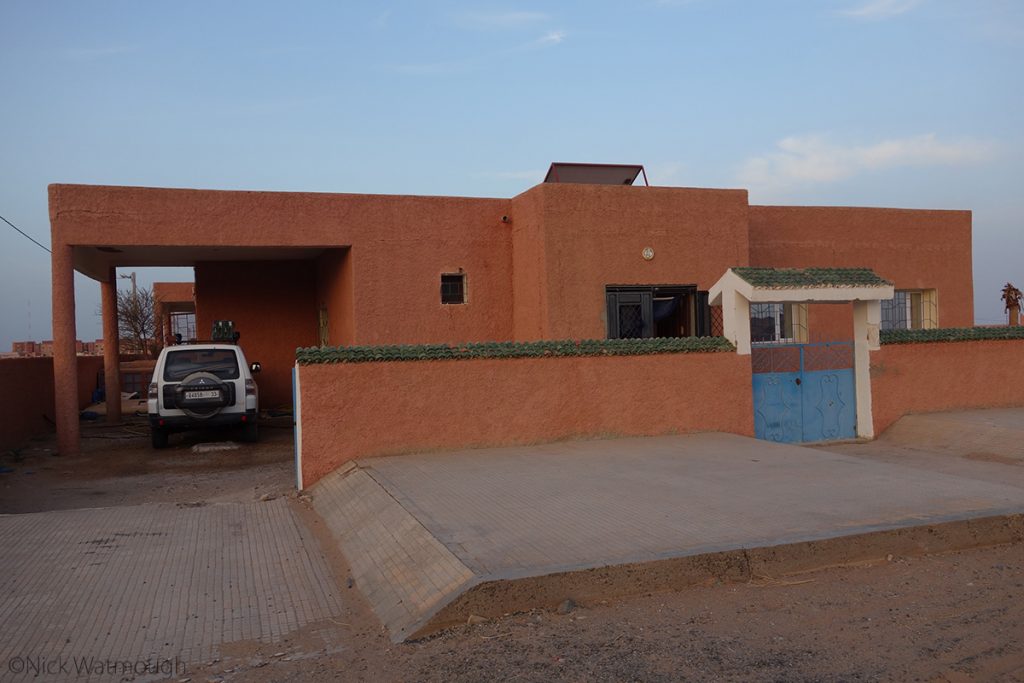
We packed for our return journey to Dakhla and enjoyed another fine breakfast and whilst Nico and Sidi loaded up the car we had a brief look around the surrounding waste ground. No sign of any Rock Martins and fly by large falcon with powder blue upper parts was frustrating but we managed WC Black Wheatear, a pair of Desert Sparrows, 3 Black Kite and a Desert Lark before it was time to go. It was with mixed feelings that we sped past Oued Jenna, but we were keen to have another crack at African Desert Warbler before it got too hot. We had a very brief stop to look at a Long-legged Buzzard we flushed from some road kill before pressing on.
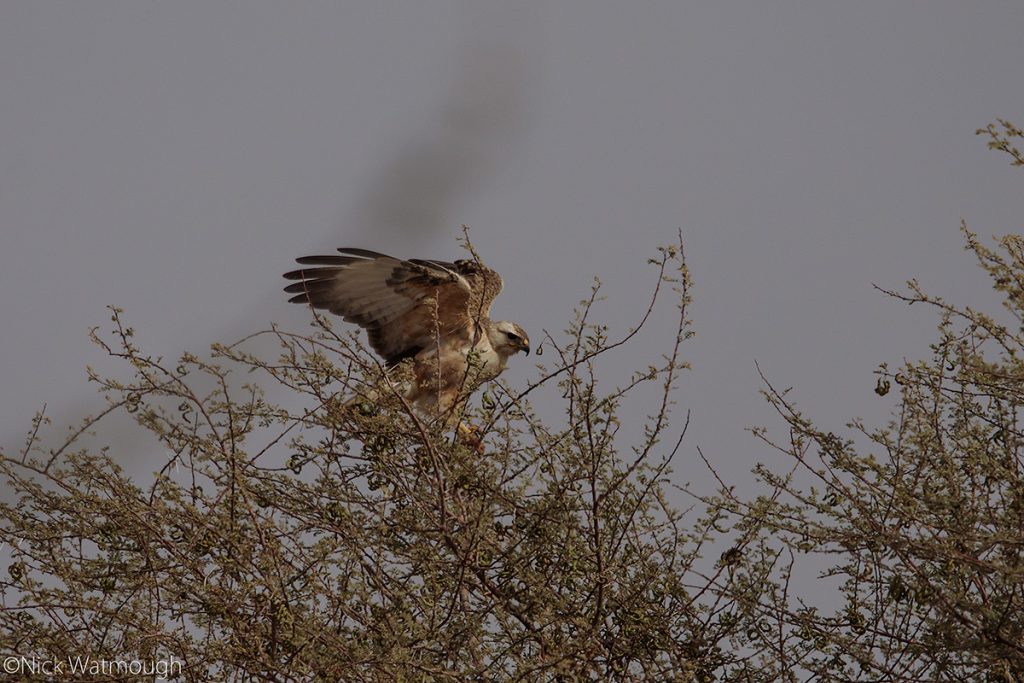
After about an hour we got close to the coordinates that had been given to me before leaving which was where where the Dutch guys had scored a couple of days previously. Graham and I walked out to the precise spot. planted our camera gear there and worked a circle of about 200m radius for about 40 minutes but with no success. We were both getting hotter and progressively more frustrated – again we had worked hard and felt that we deserved to get the rub of the green.
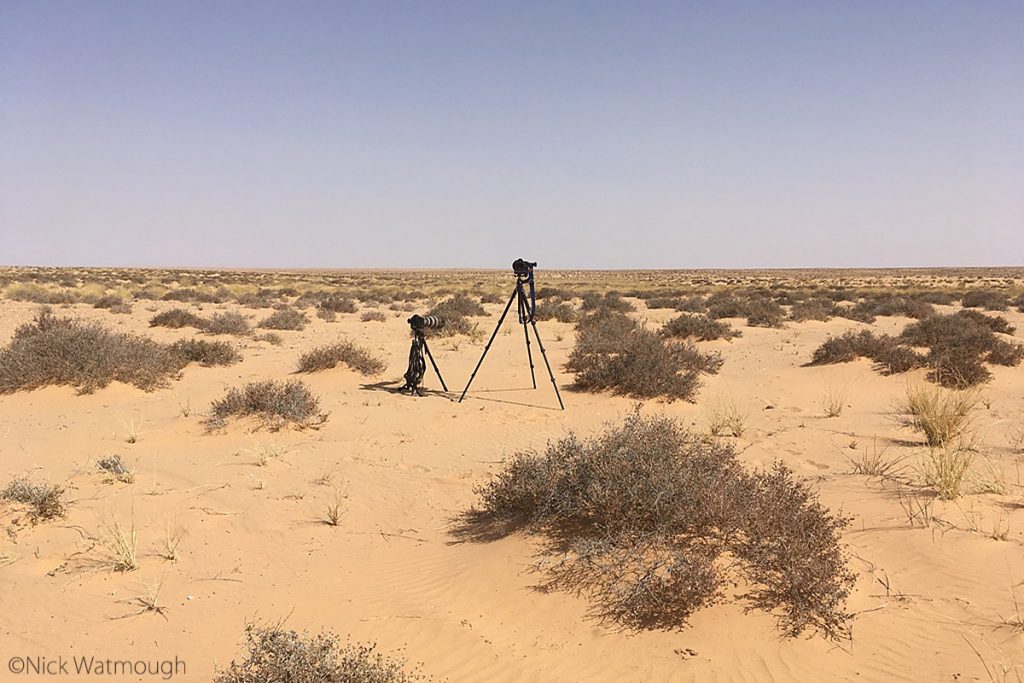
We returned to the car and relocated a km back up the road where the Wise Birding Tour had seen the birds a few days previously. Within five minutes of stopping Graham had located a singing male who we followed around for the next fifteen minutes – a tiny sandy scrub warbler with a subtly rufous tail and a quiet melodic song that offered us good views. Unfortunately his constant movement through the low scrub and the harsh light made photography very challenging. But frankly we didn’t care; by the skin of our teeth we had African Desert Warbler (WP#696) under our belts and we were back in the game.
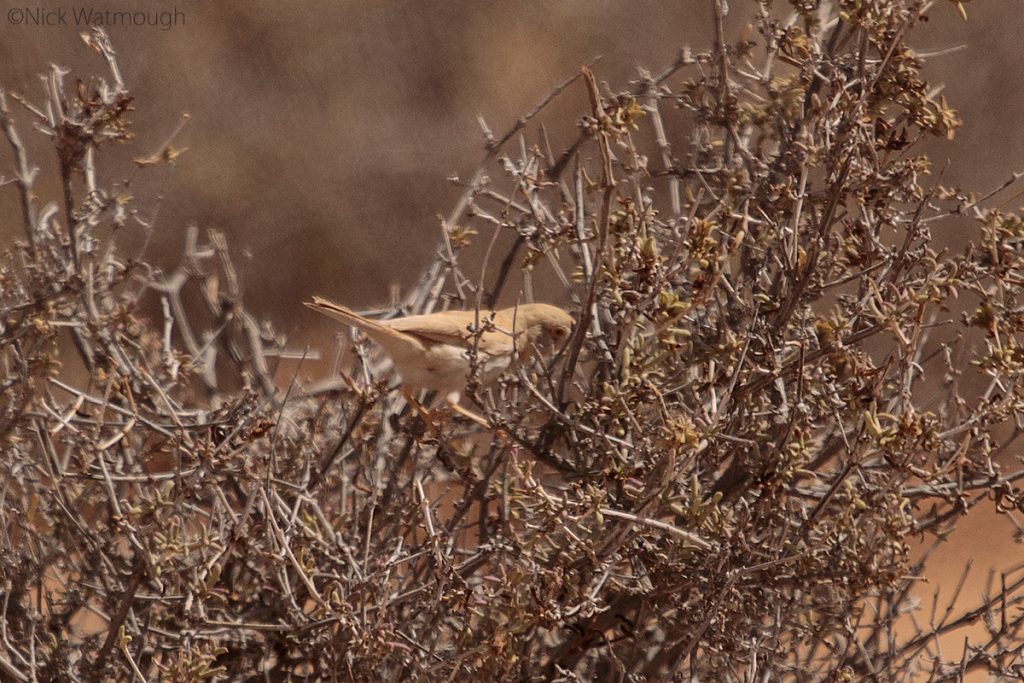
Feeling better we pressed on to Tachaktant where we stopped for lunch. There were far fewer migrants in the bushes and on the pools, but a Chameleon on the ground was a good spot.
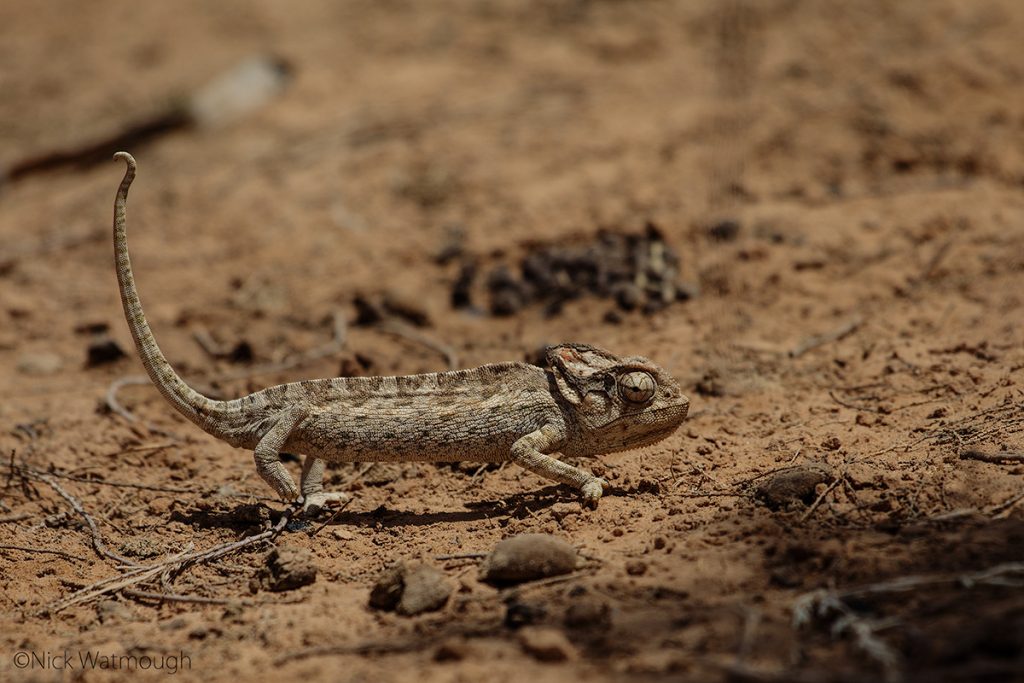
After lunch a couple of Thick-billed Larks came into drink, but only for long enough for Graham to rattle off a few frames before they disappeared back into the desert. As we returned to the car Nico told us that he had a WhatsApp message from the Dutch crew to say that they had 10 Royal Terns and a Western Reef Heron at Km 19 just North of Dakhla. There was no question to our next destination!
As we drove North on the East side of the bay the effect of the high tide was obvious, and our hopes were up. In spite of the check points and some slow-moving Sunday traffic we made it to the site to find the bay transformed the high water had pushed an excellent selection of waders and herons, including a Western Reef Heron, right up to the cliffs and there was even a group of Pintail on the shore. But we were more interested in a mixed flock of gulls that contained about 10 Slender-billed Gulls and two red/orange billed terns; one was a Caspian, but on a second look the other, to my considerable relief, was two thirds the size with and had an unmarked slightly decurved orange bill – Royal Tern (WP#697)! There is an old birding expression to the effect “that you only need one” – but this had been a close run thing especially as we could not locate any more in a brief search of the area West of the Tomato Farm.
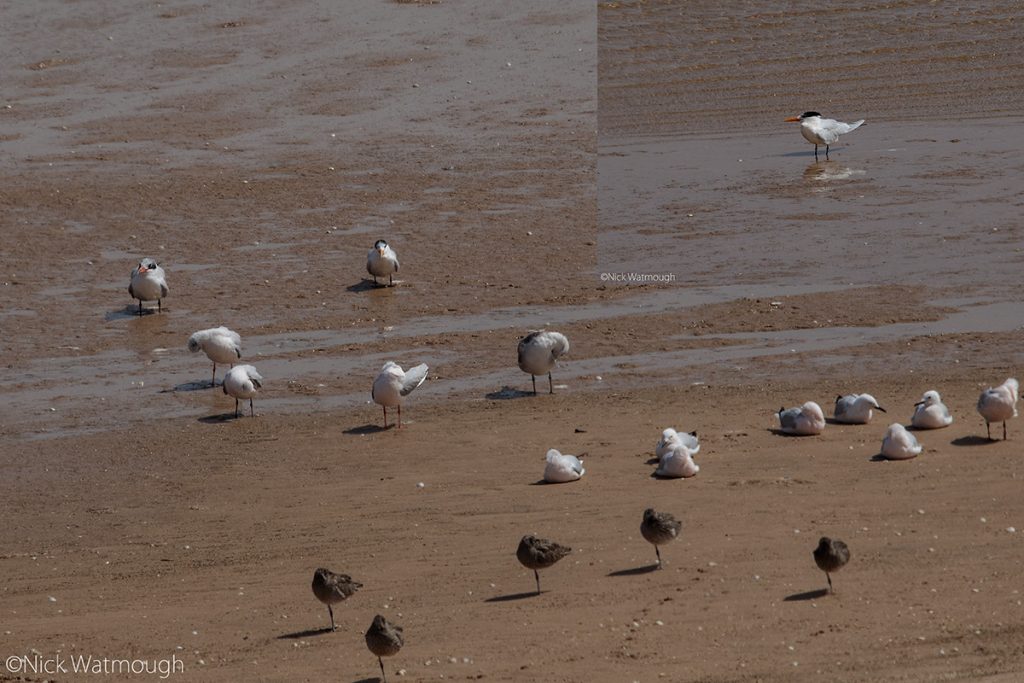
Back to the sporting analogies – we had secured our final two target species, but it felt like we had scored a penalty try. That is to say we had worked hard and battered the line, but simply could not cross because of persistent foul play by the opposition – under these circumstances rugby union referees can award a penalty try in which the attacking team gets the points but feels little of the sense of achievement of dotting the ball down to score a try and converting it with a kick. In birding terms seeing the bird well (try) and obtaining a good image (conversion).
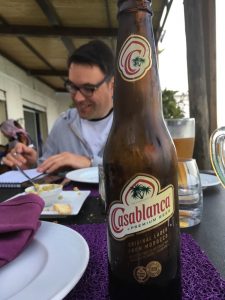
It was now late in the afternoon and Nico returned us to our hotels where we said our farewells and headed to our rooms to shower and pack before heading out for a last early evening meal at the Villa Dakhla. Over dinner, and a couple of beers, we reflected on an enjoyable, if at times hard, trip which despite the golden failures was, in the end, very successful. Our total of 101 species included all my other avian targets, plus Eurasian Scops Owl which added six species to my Western Palearctic list. And if that was not enough I had seen and photographed Sand Cat. Having counted the many positives we returned to our hotels, organised a taxi to take us to the airport in the following morning and headed for our beds.


